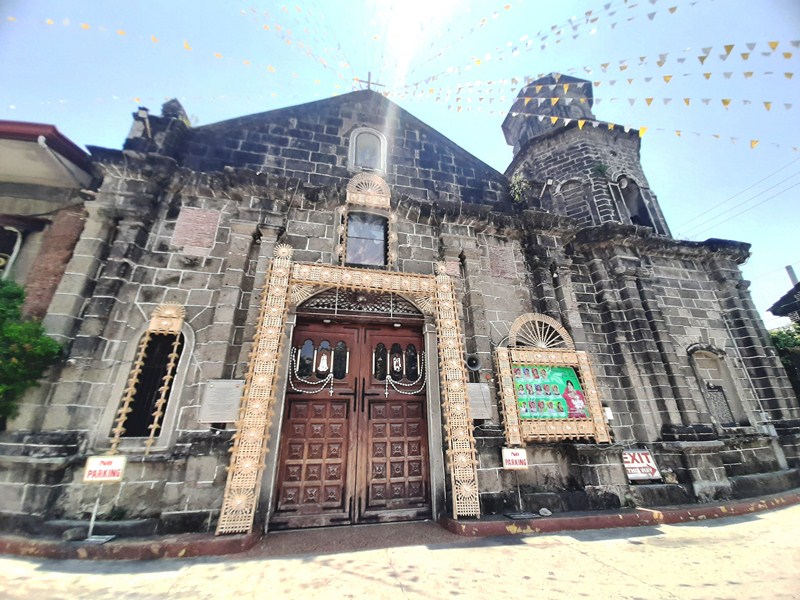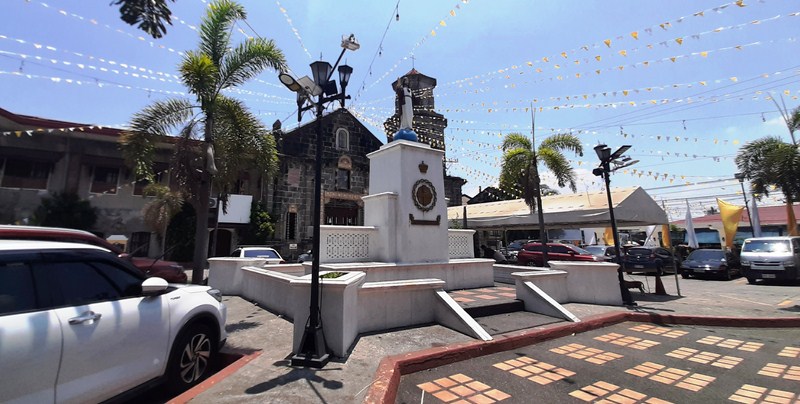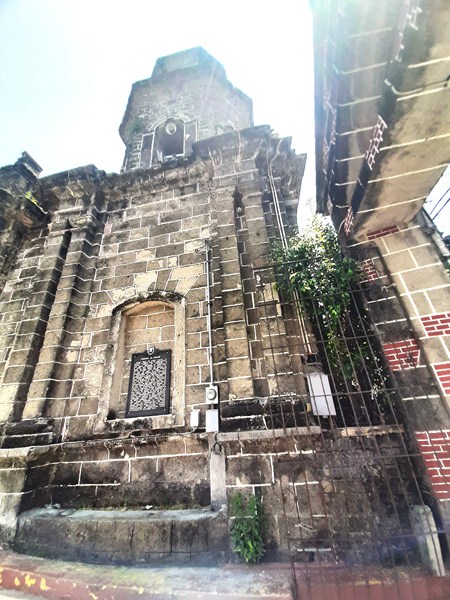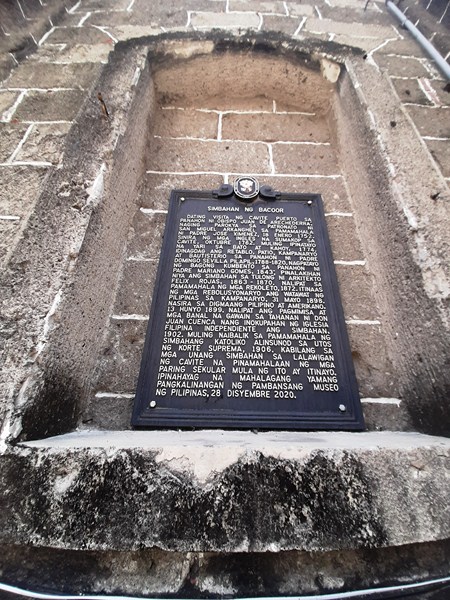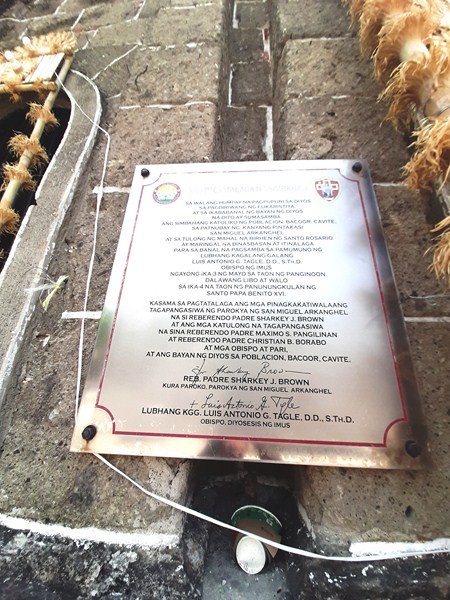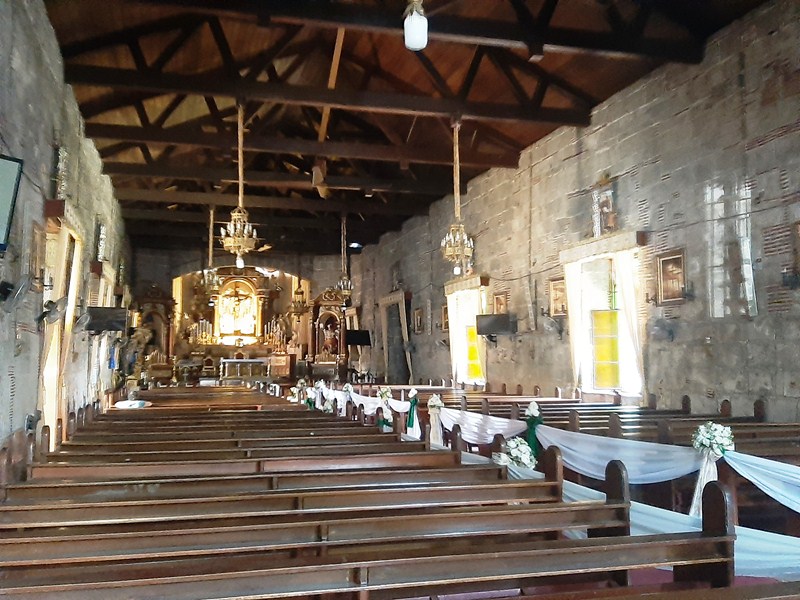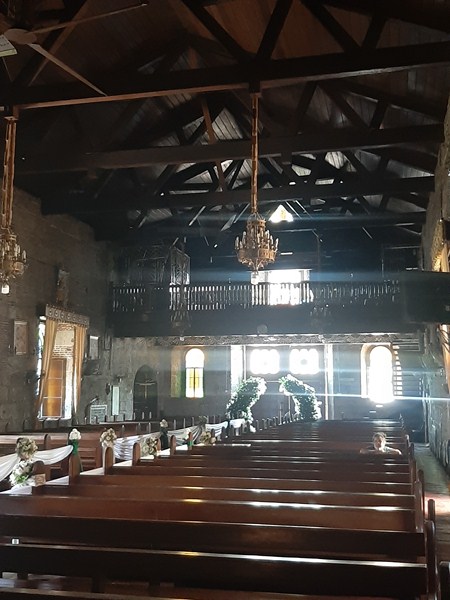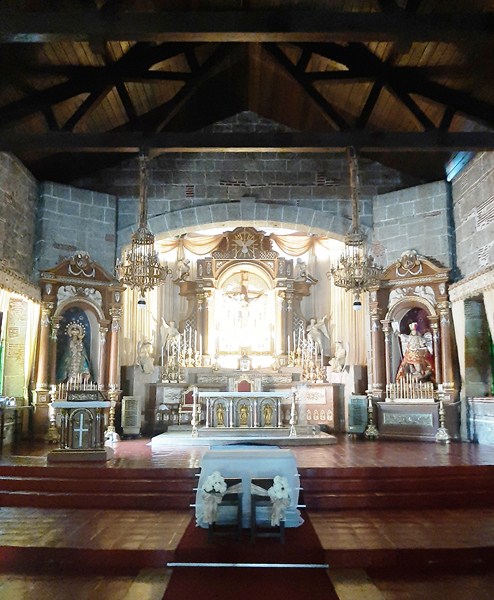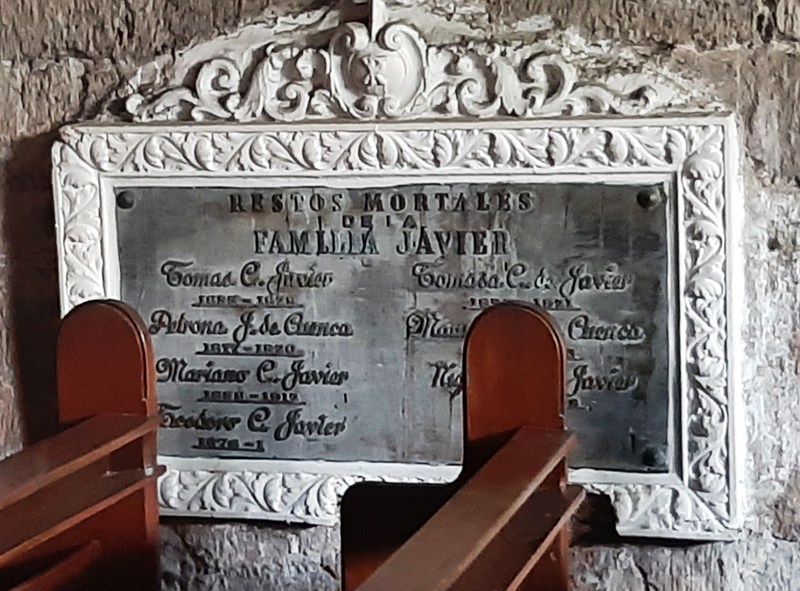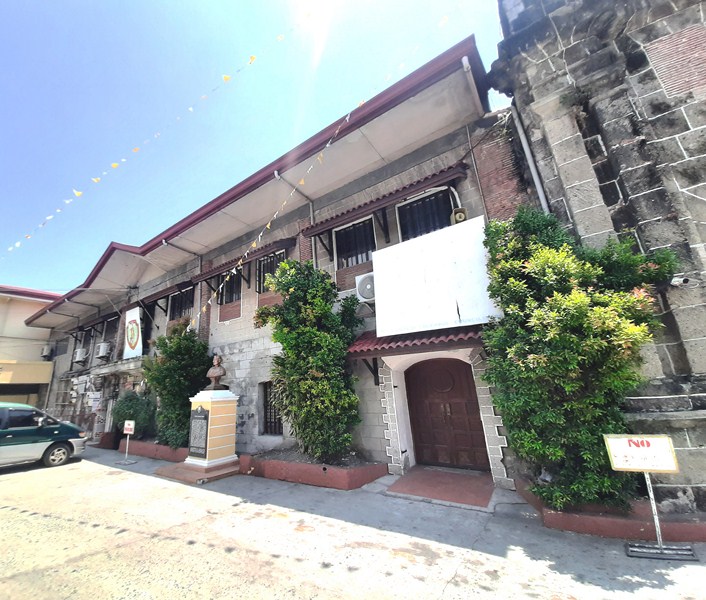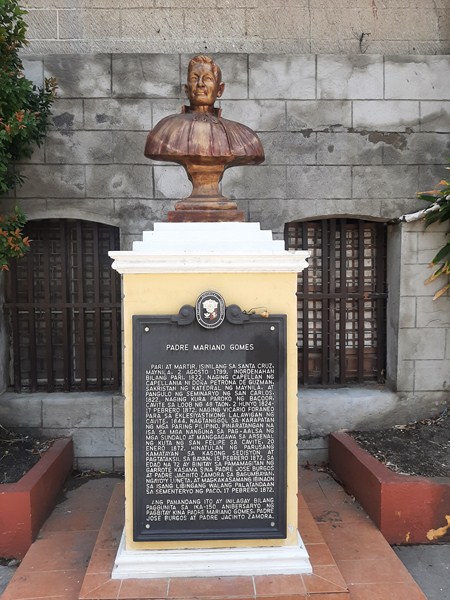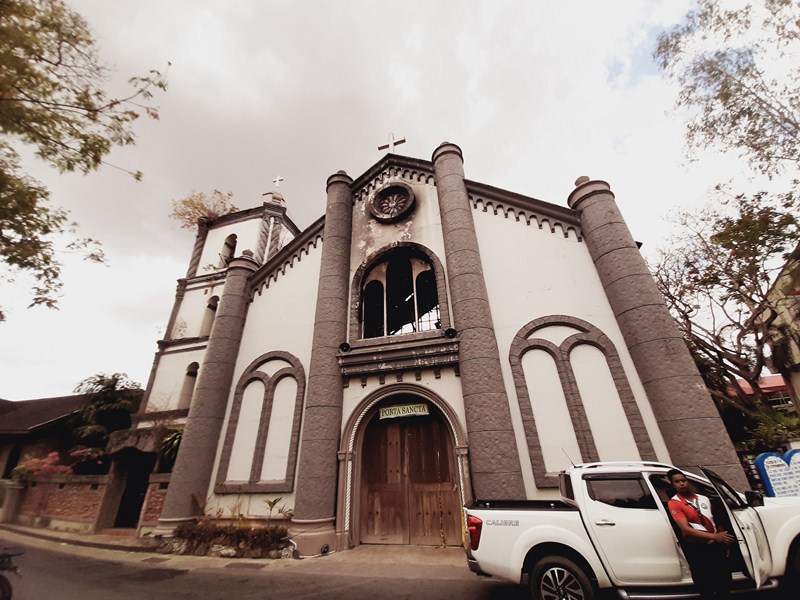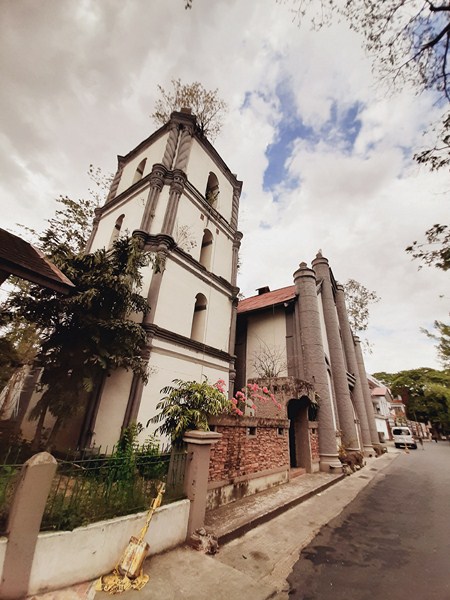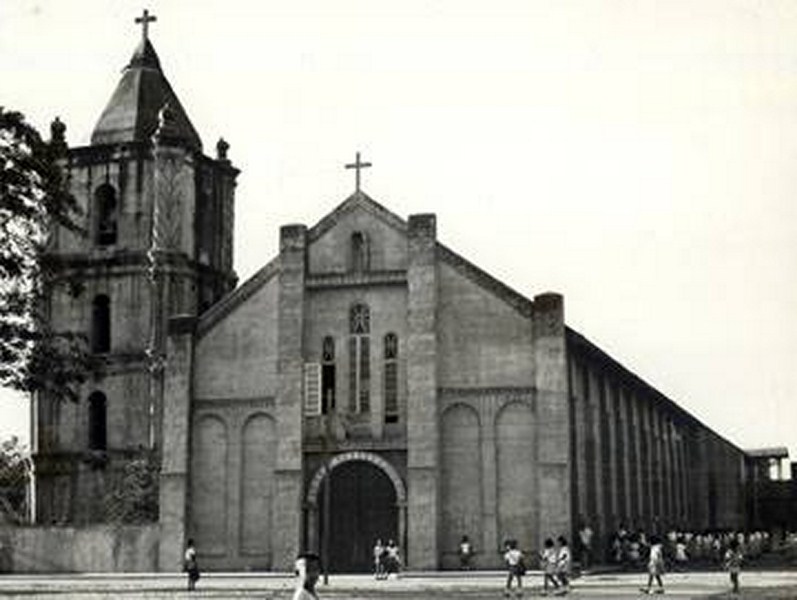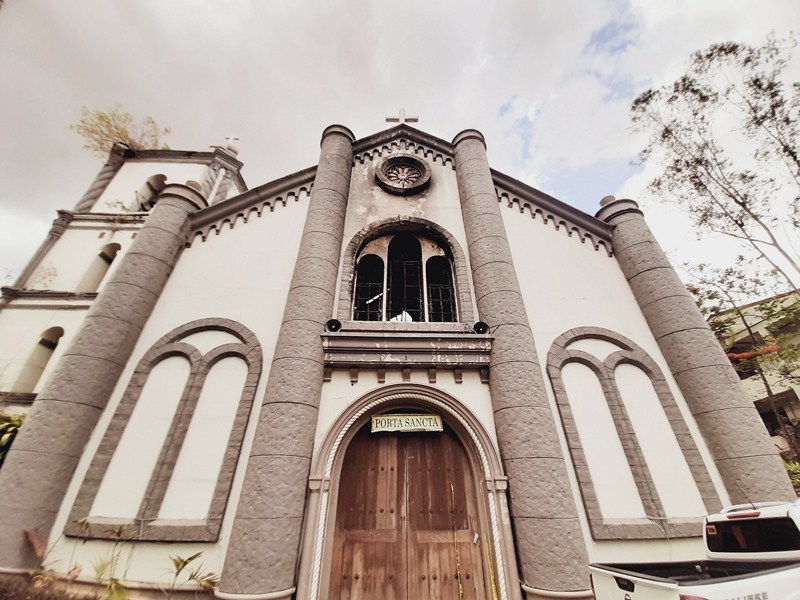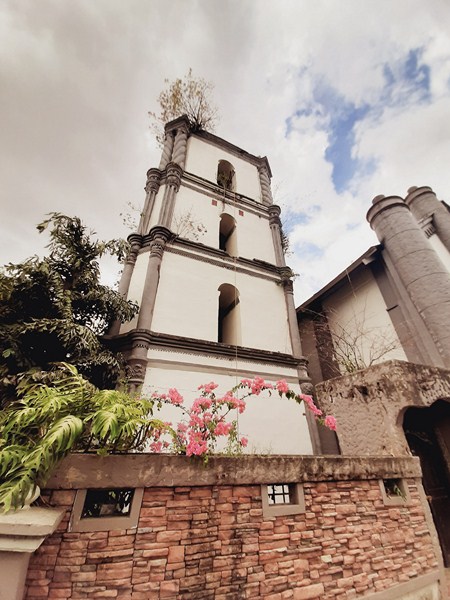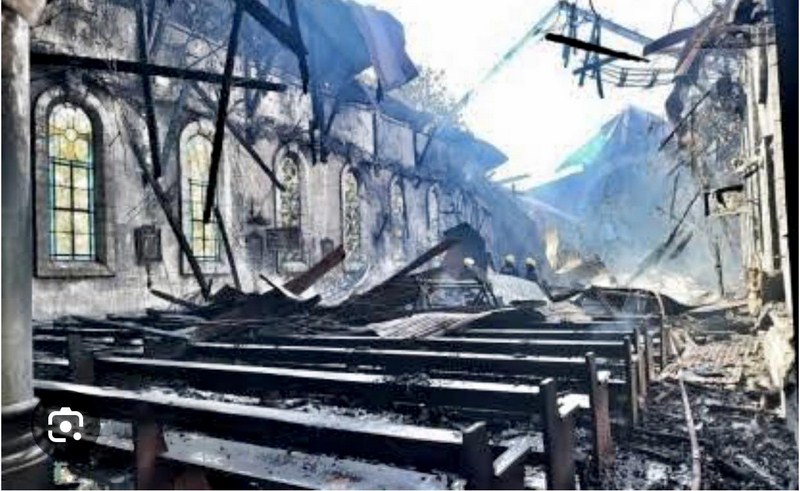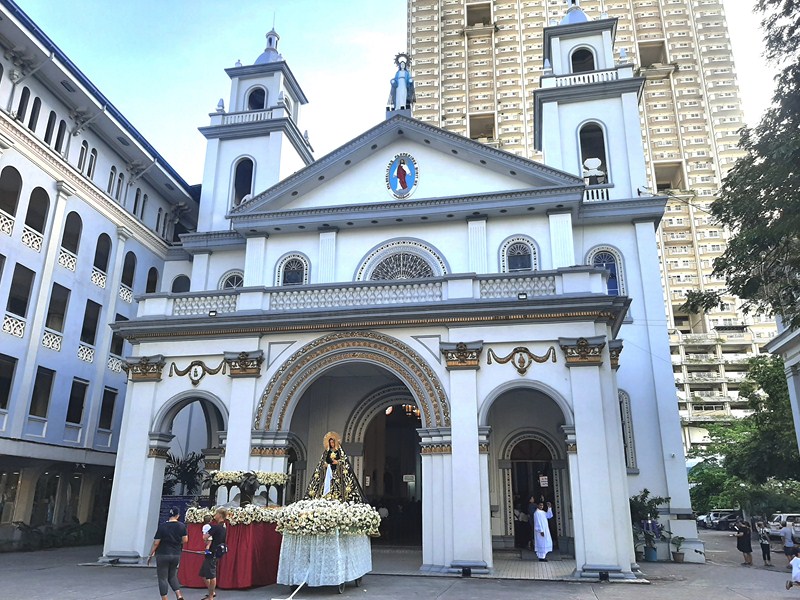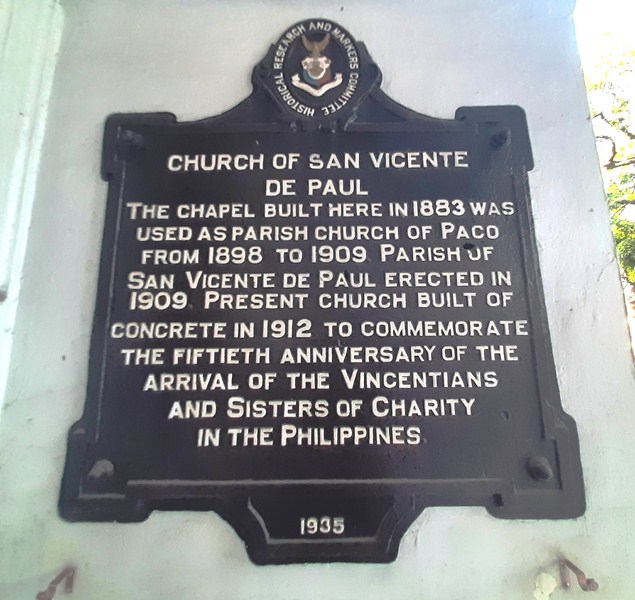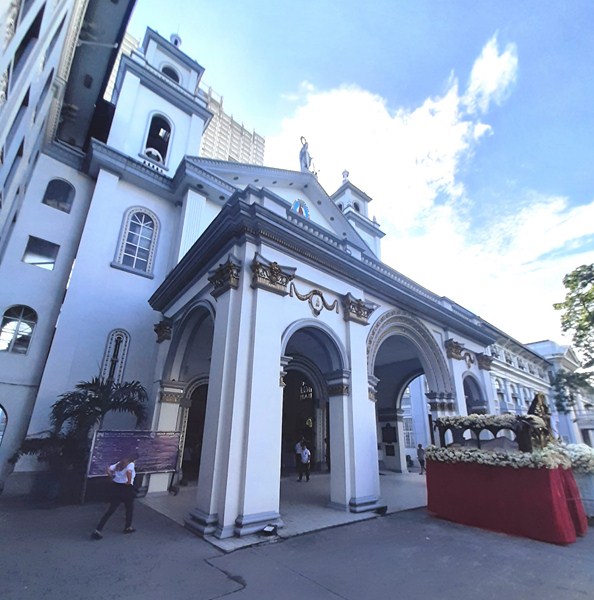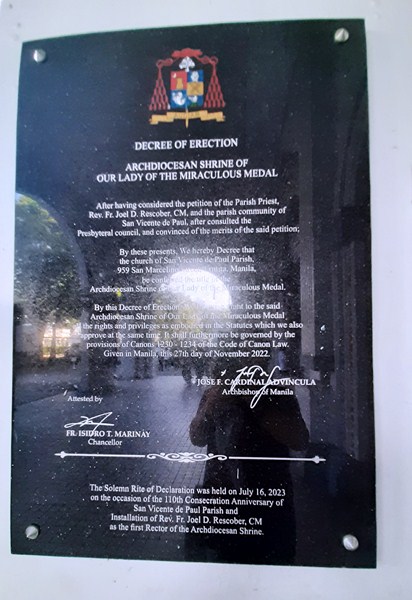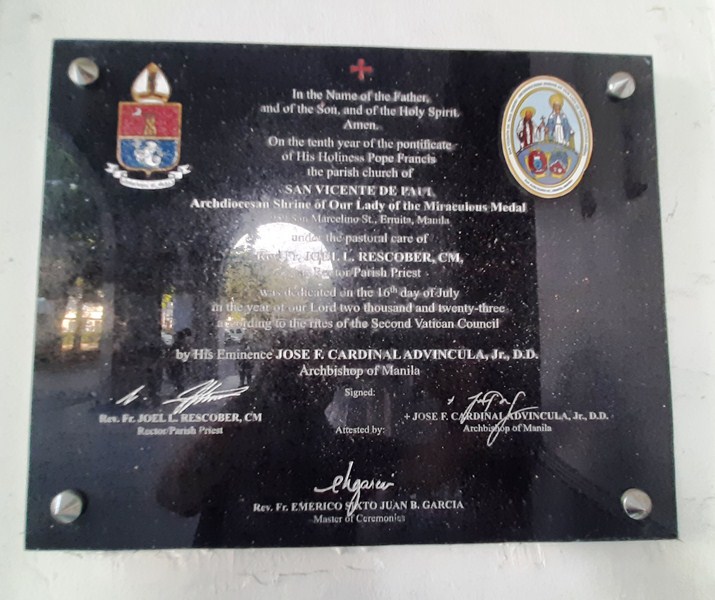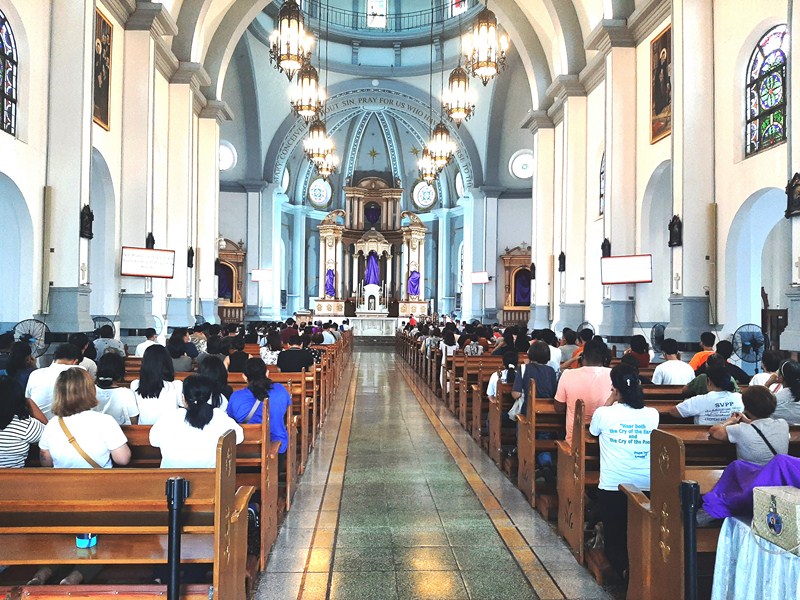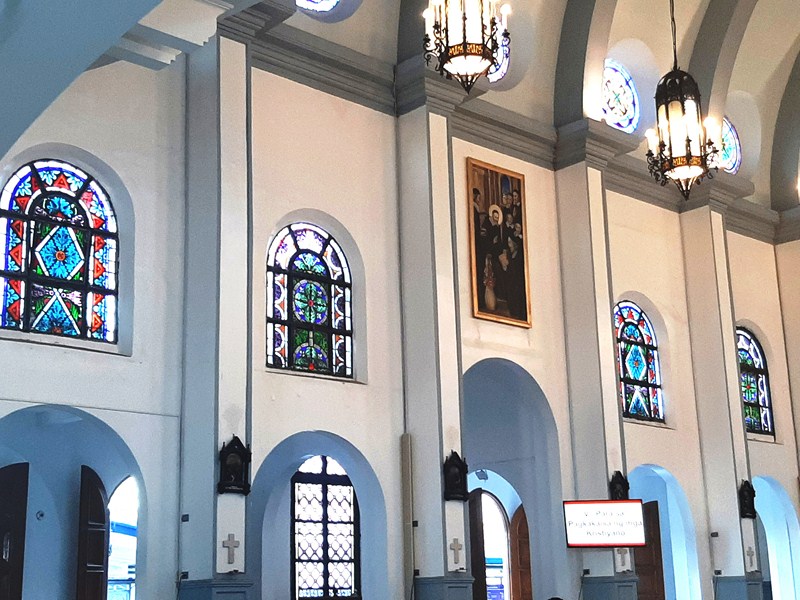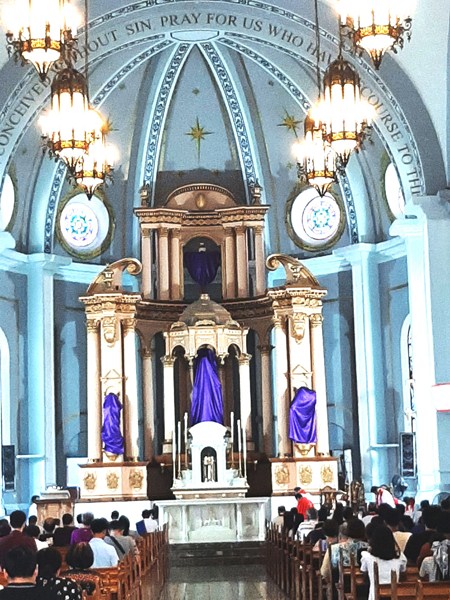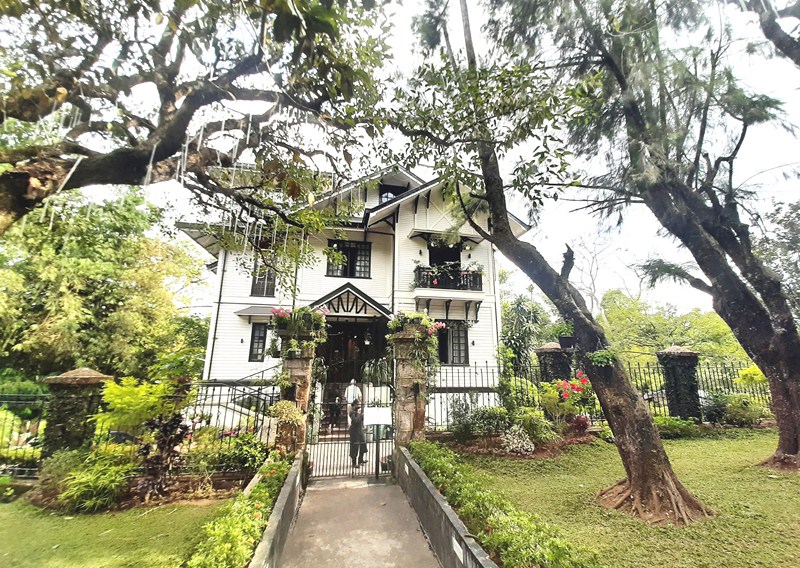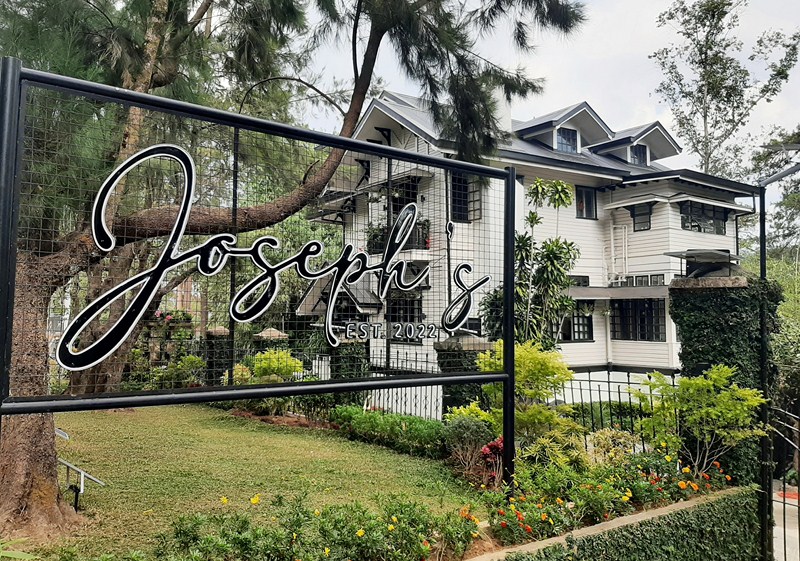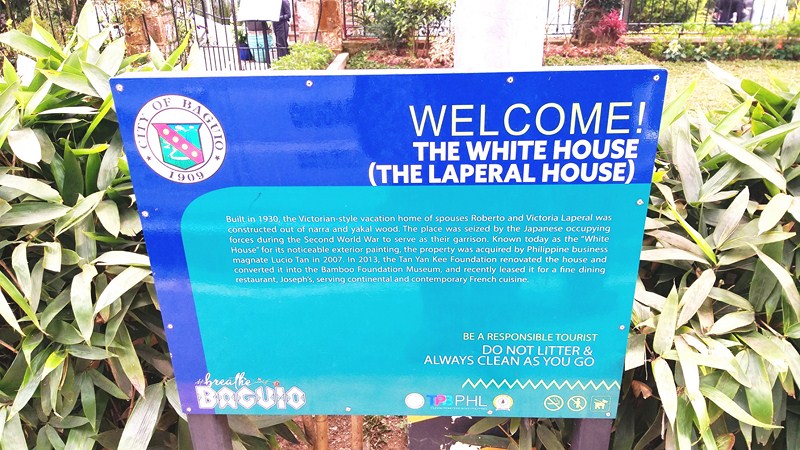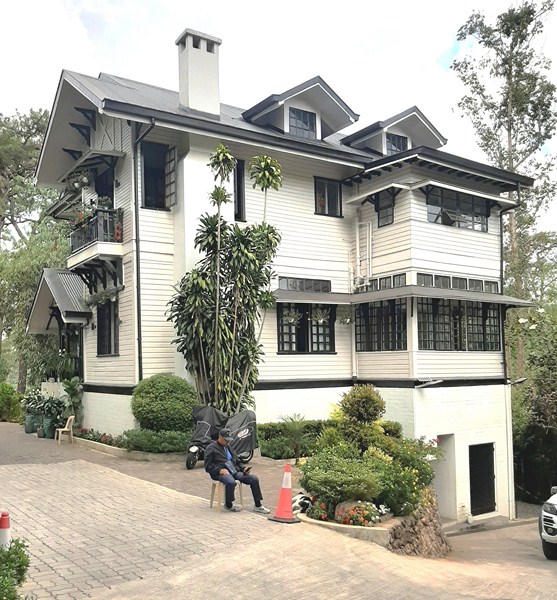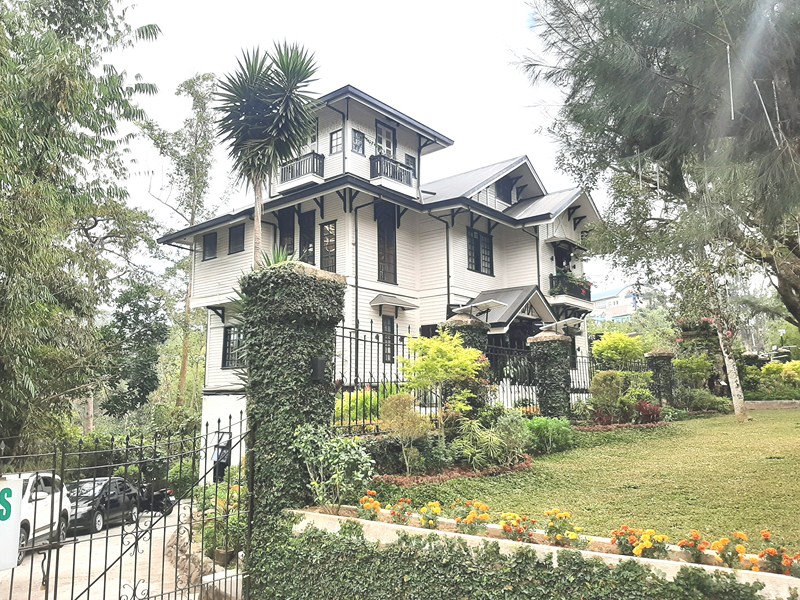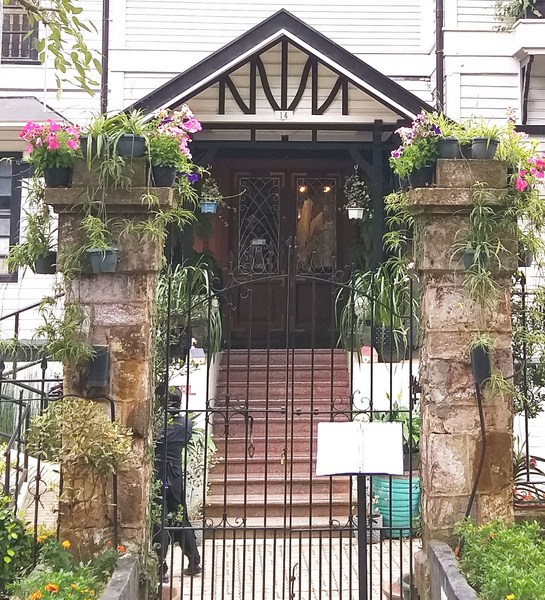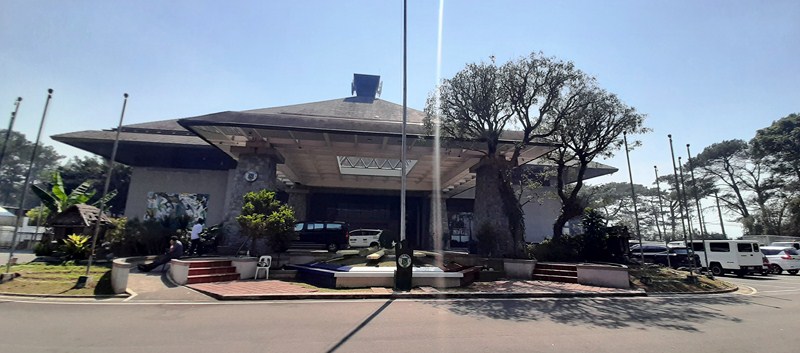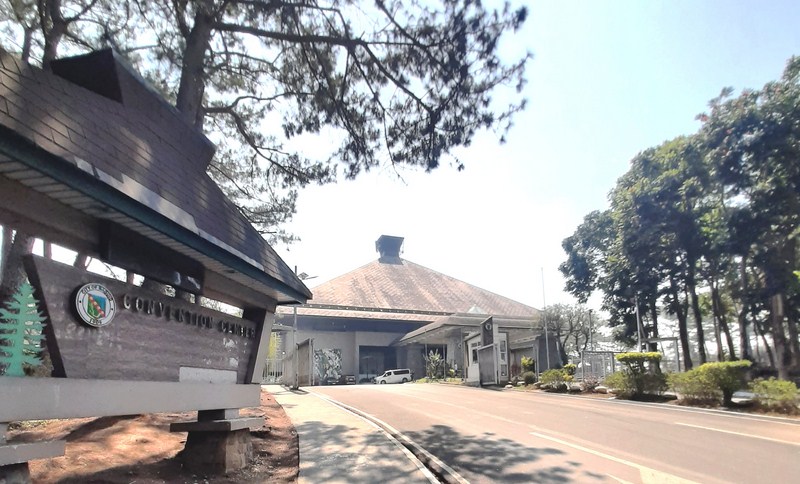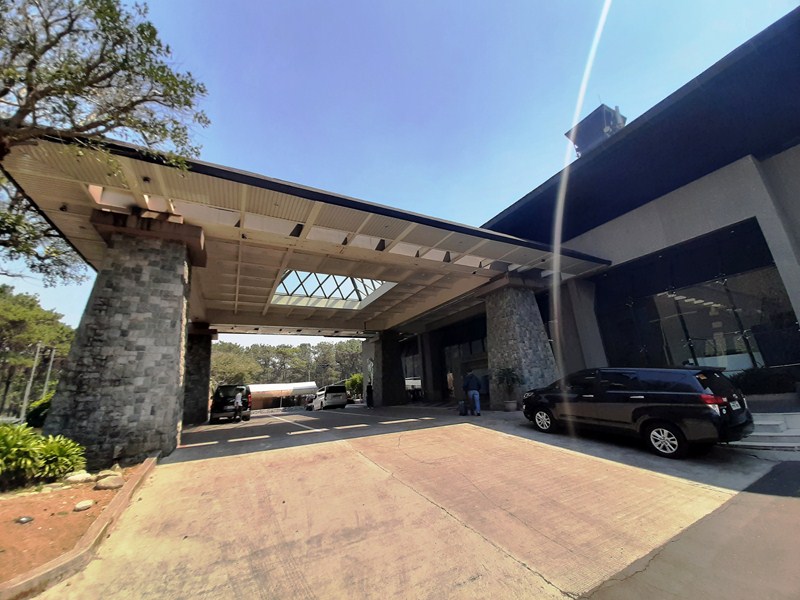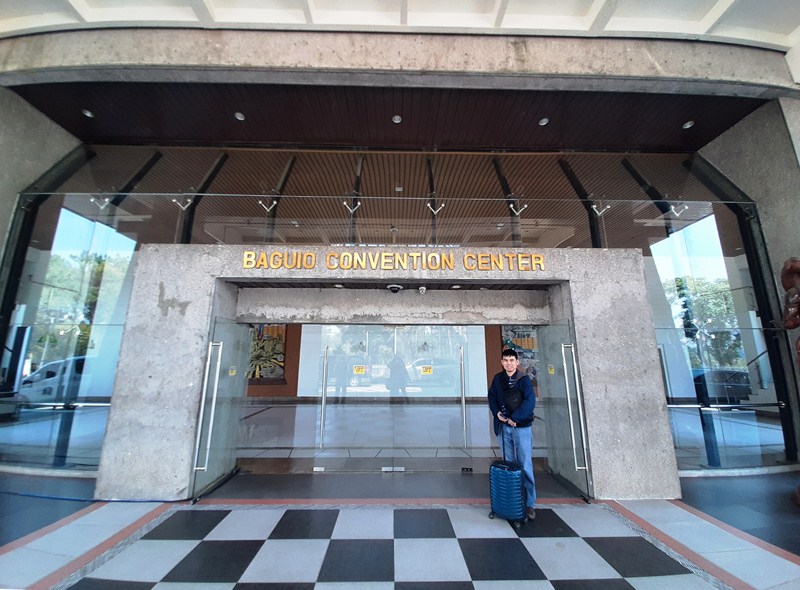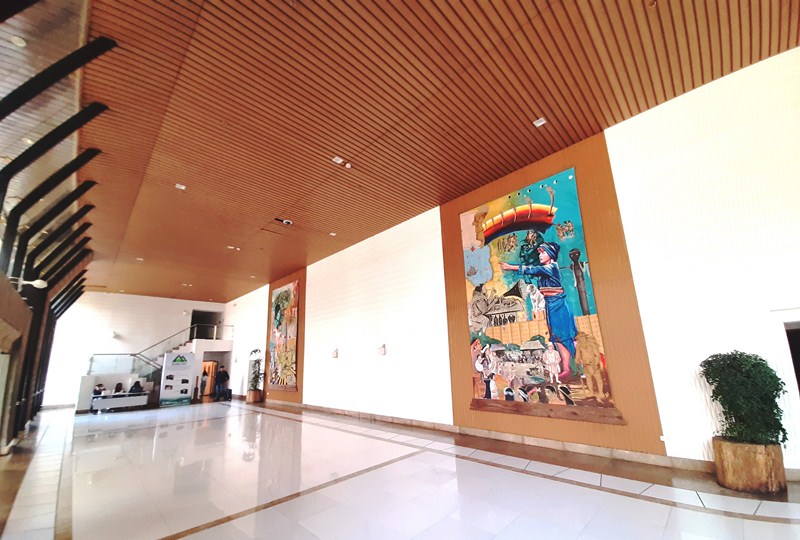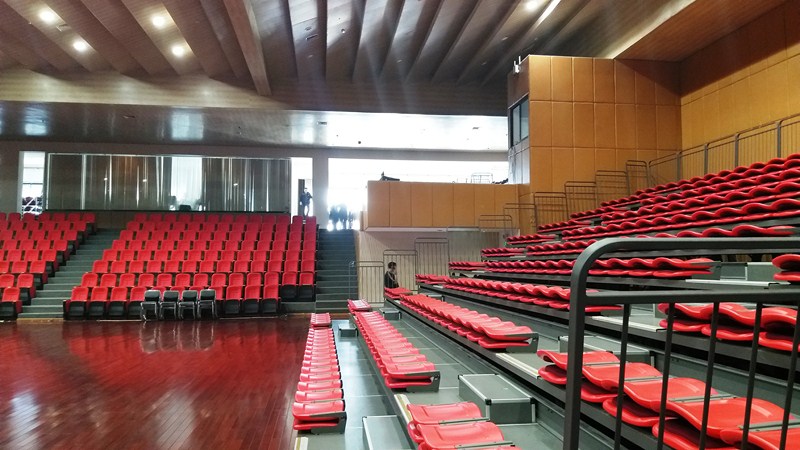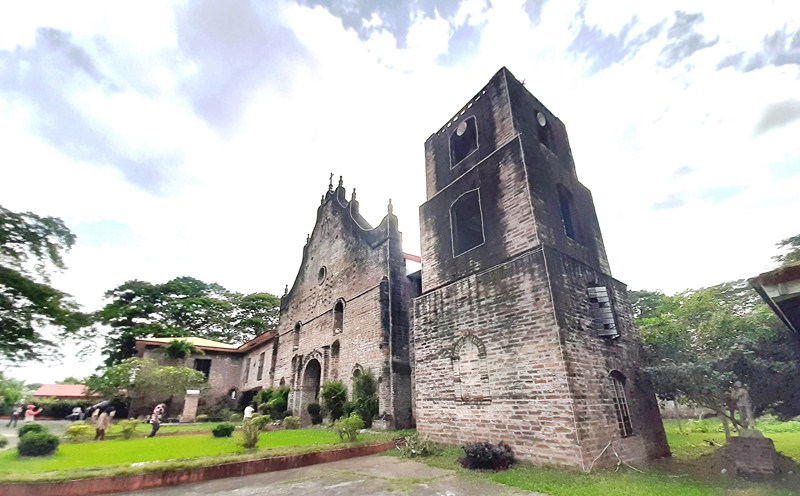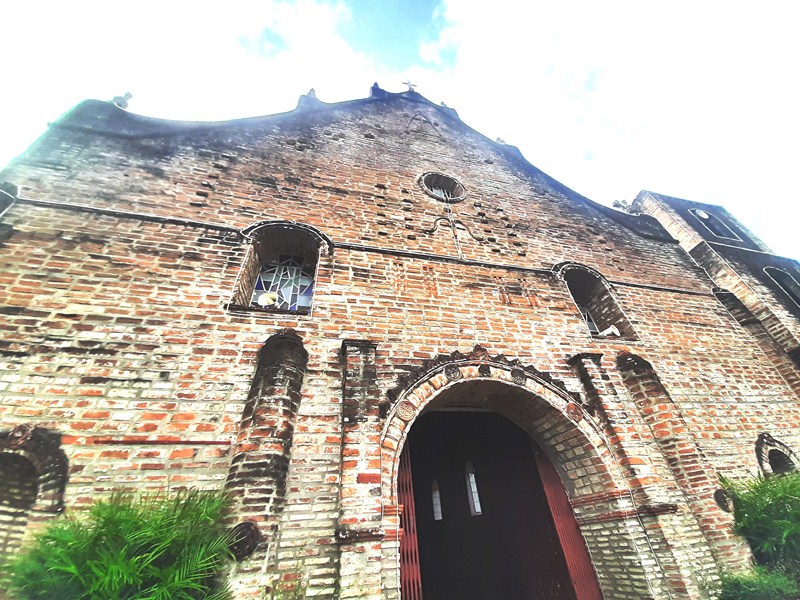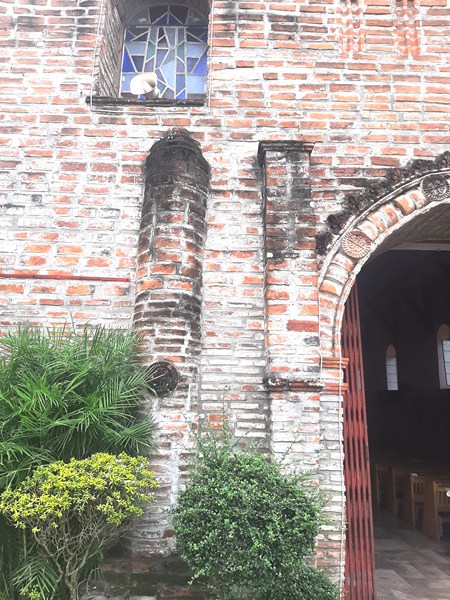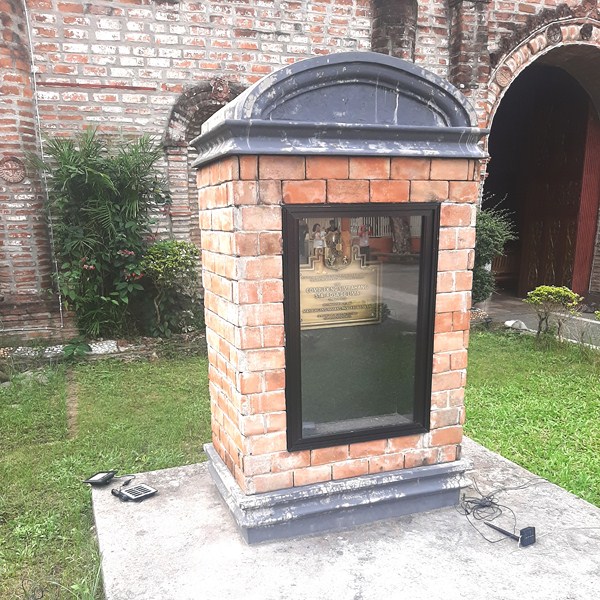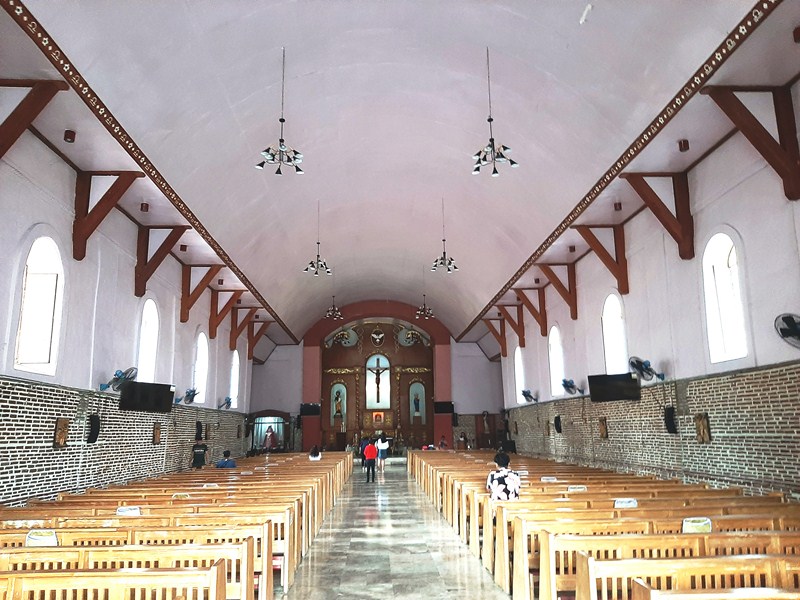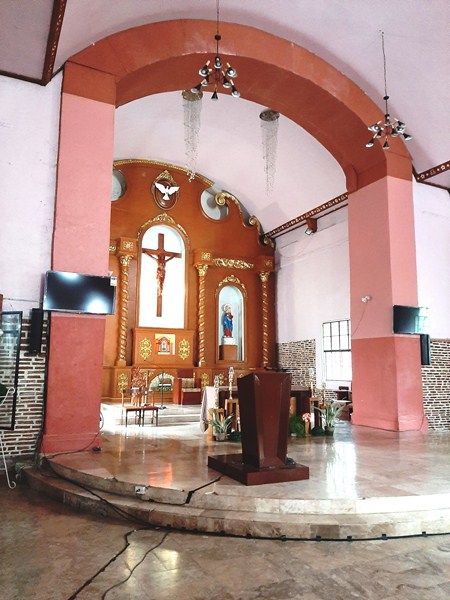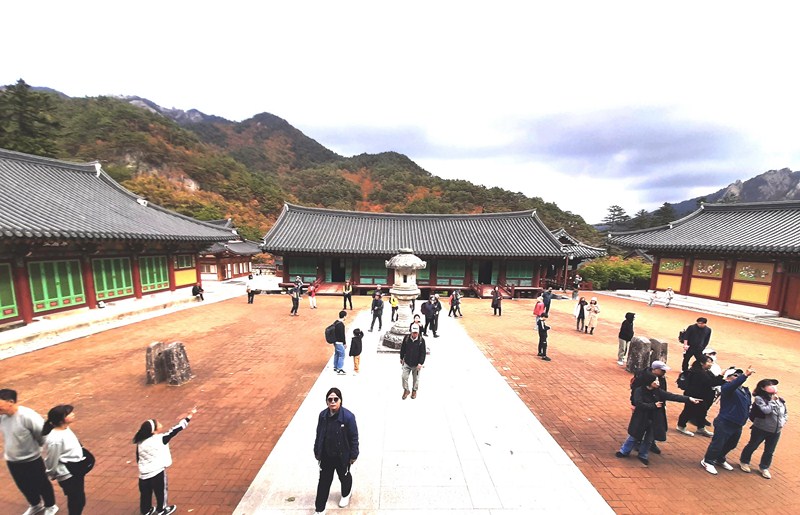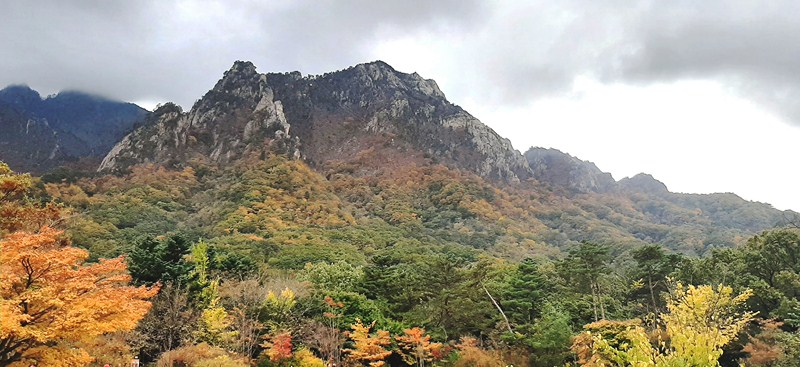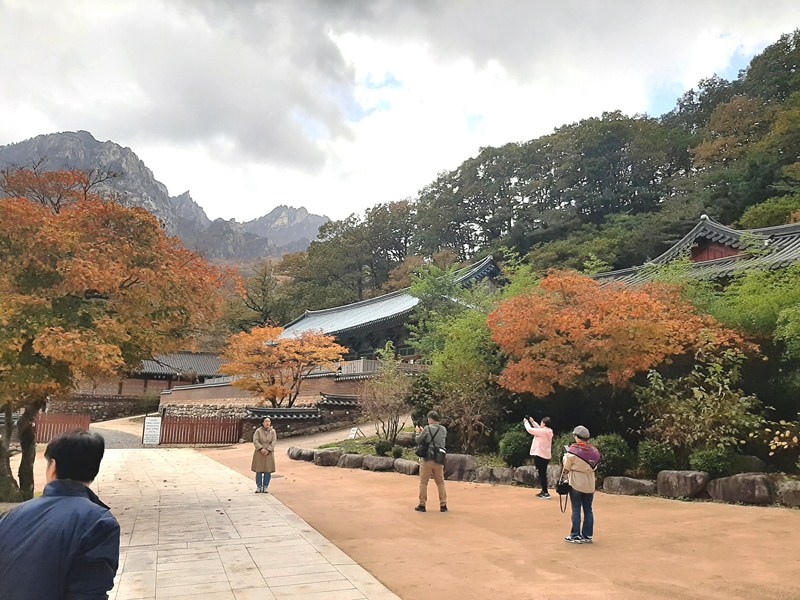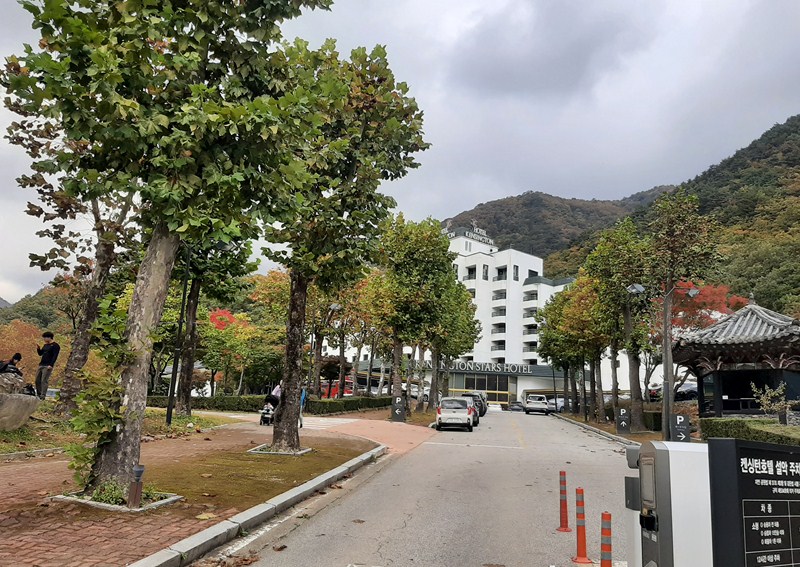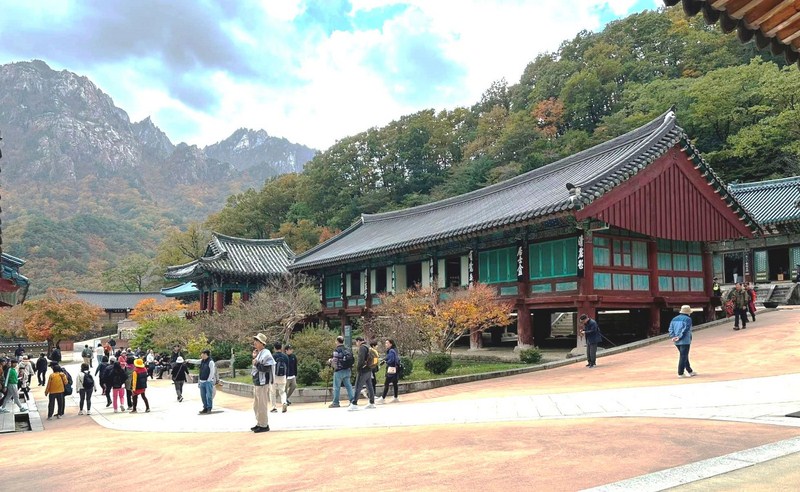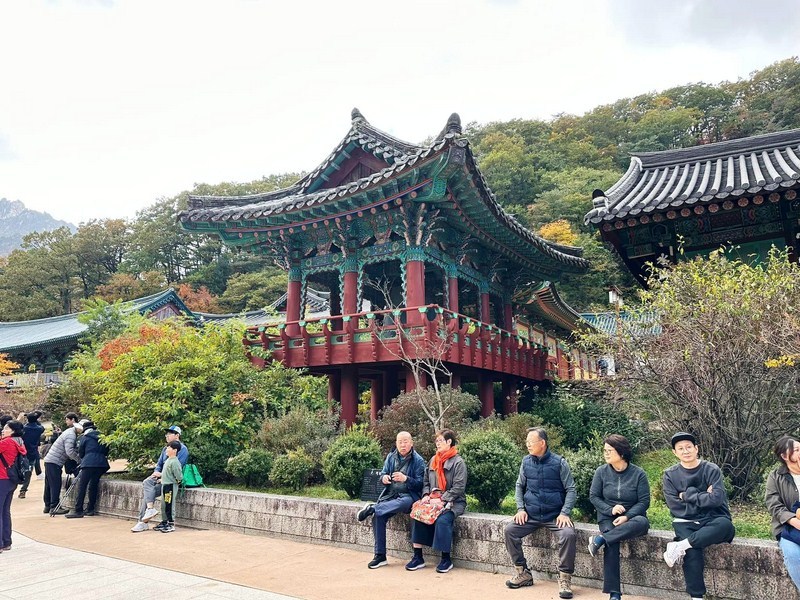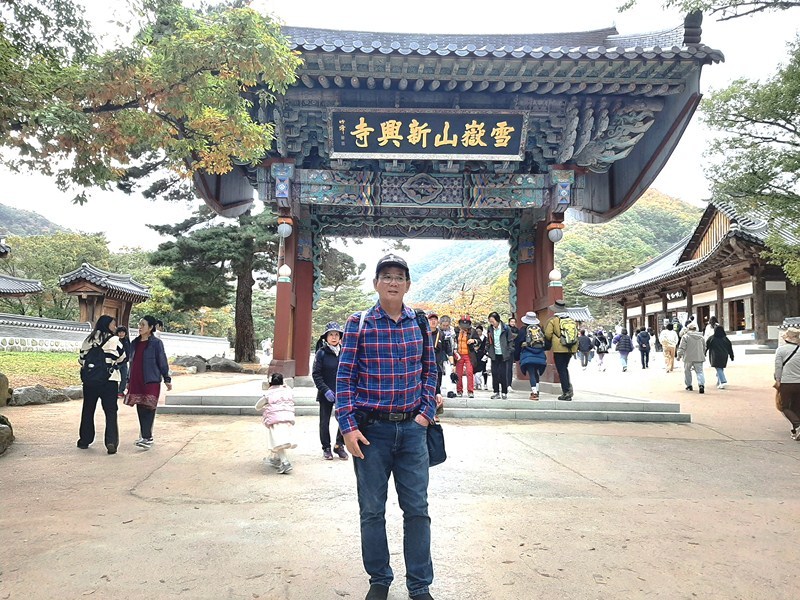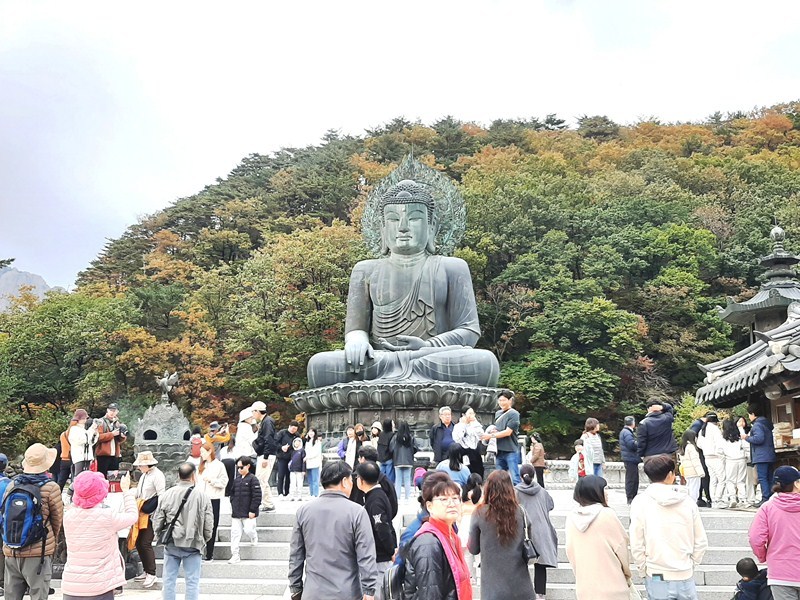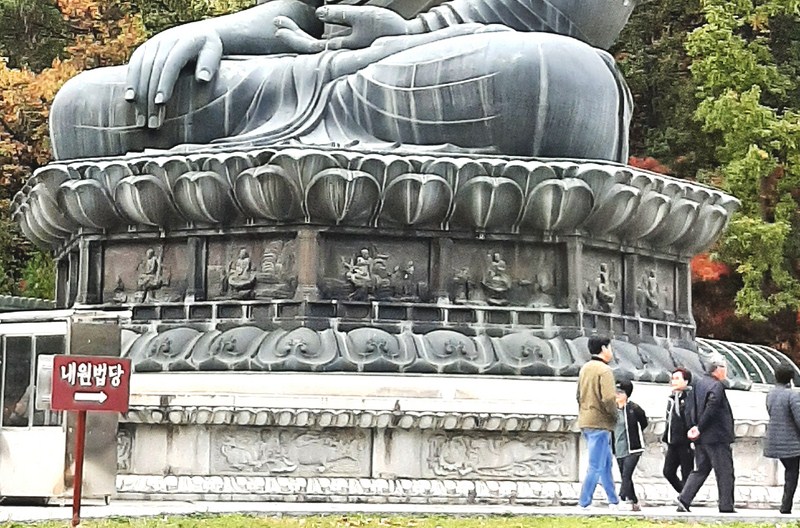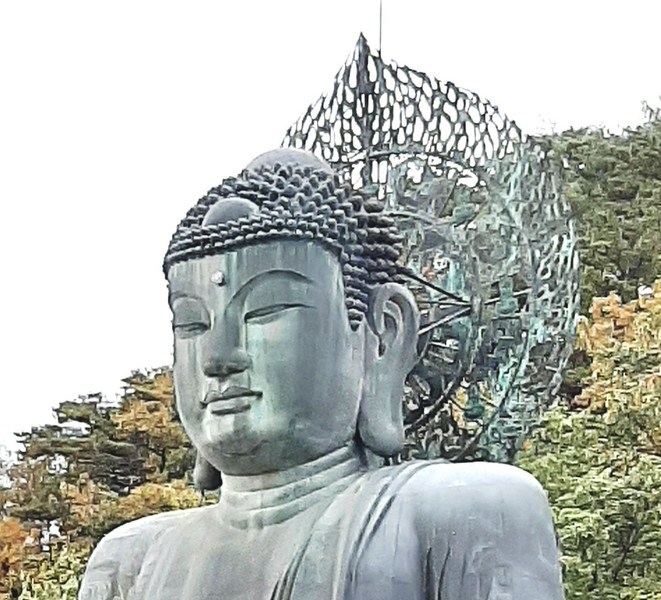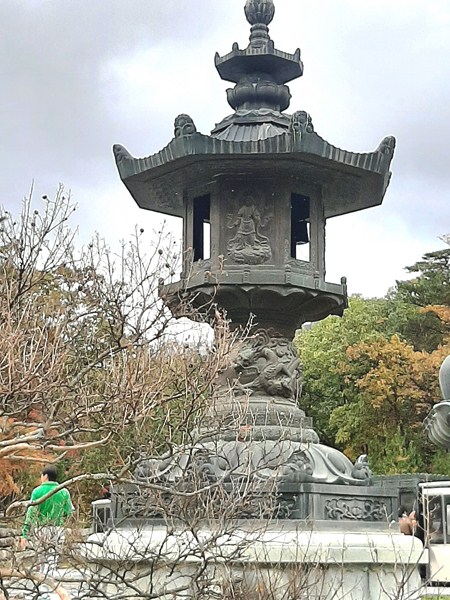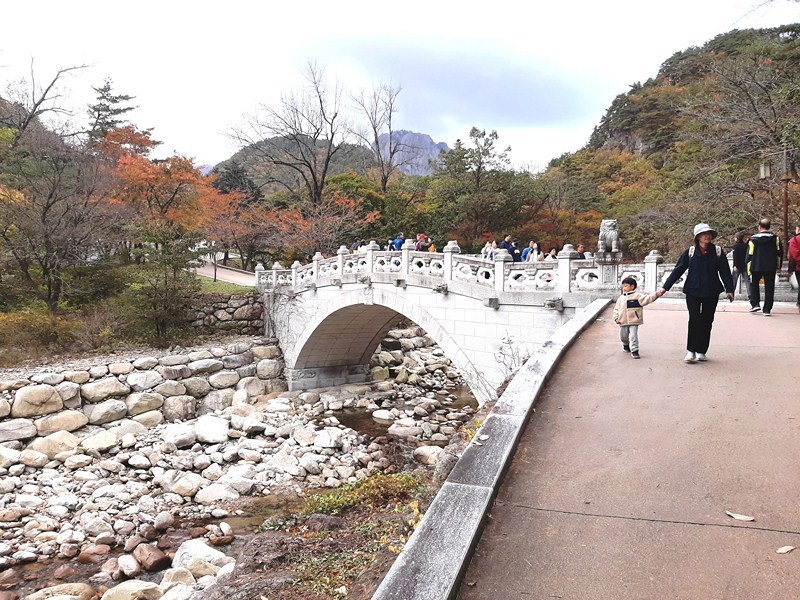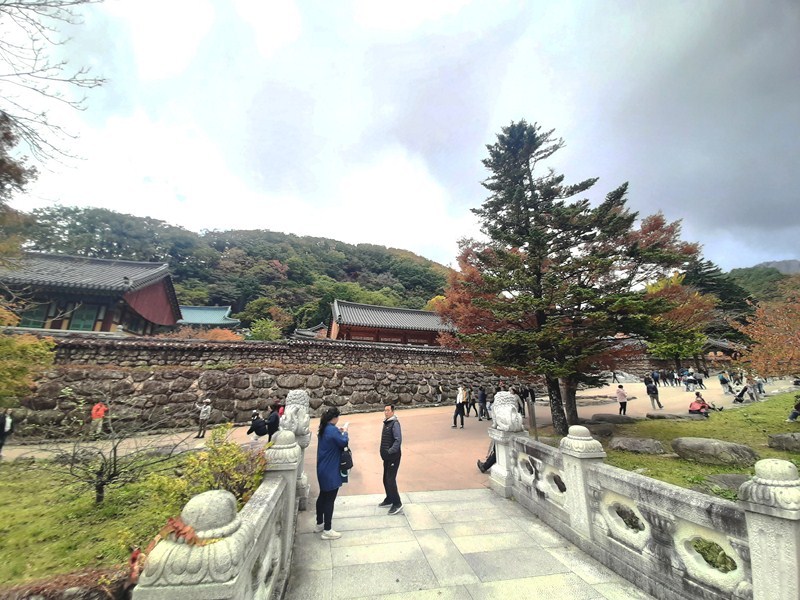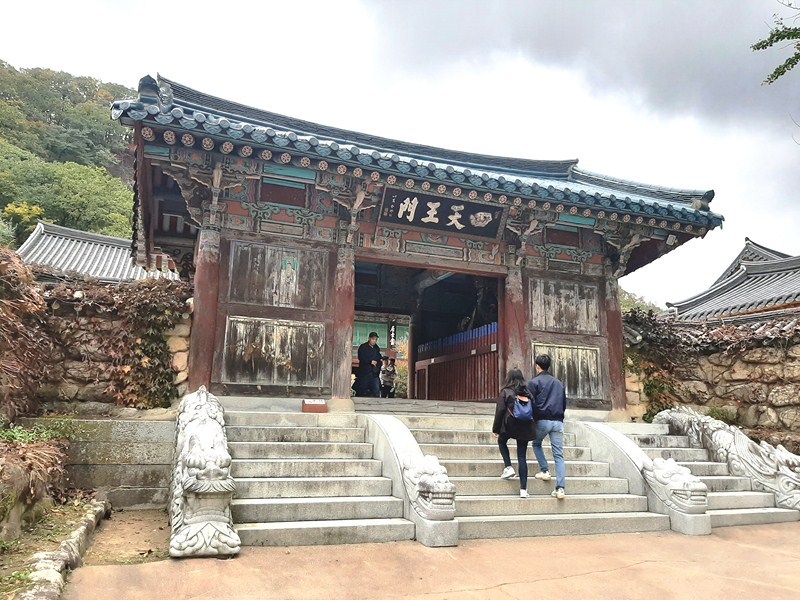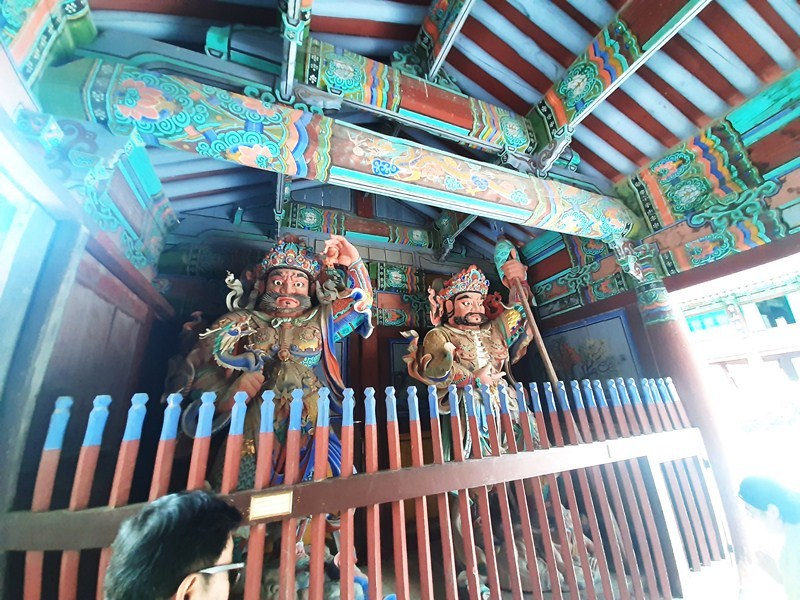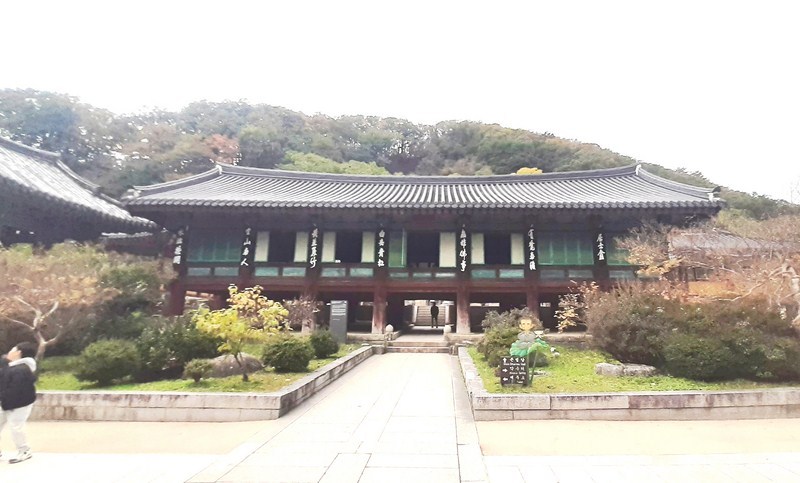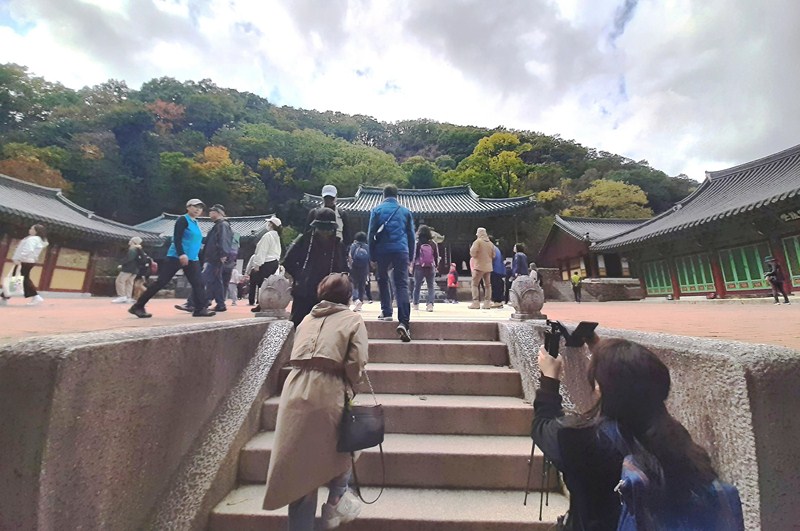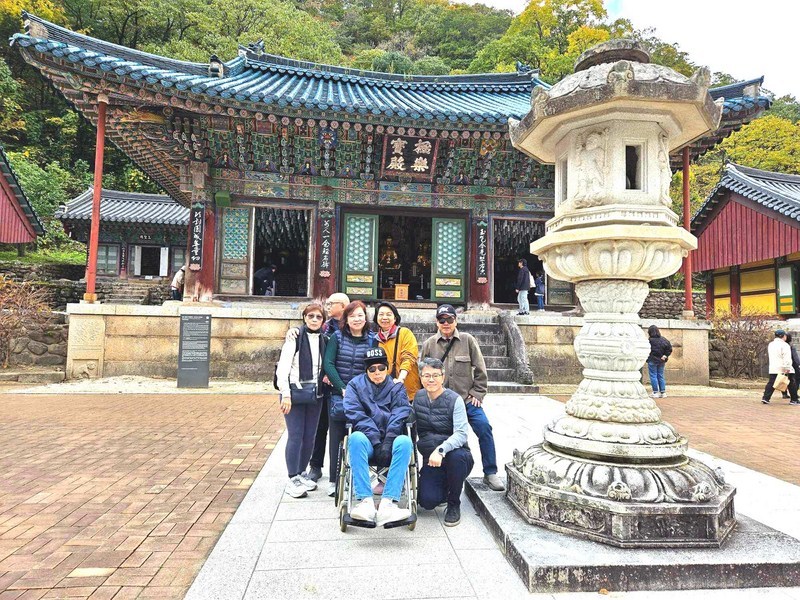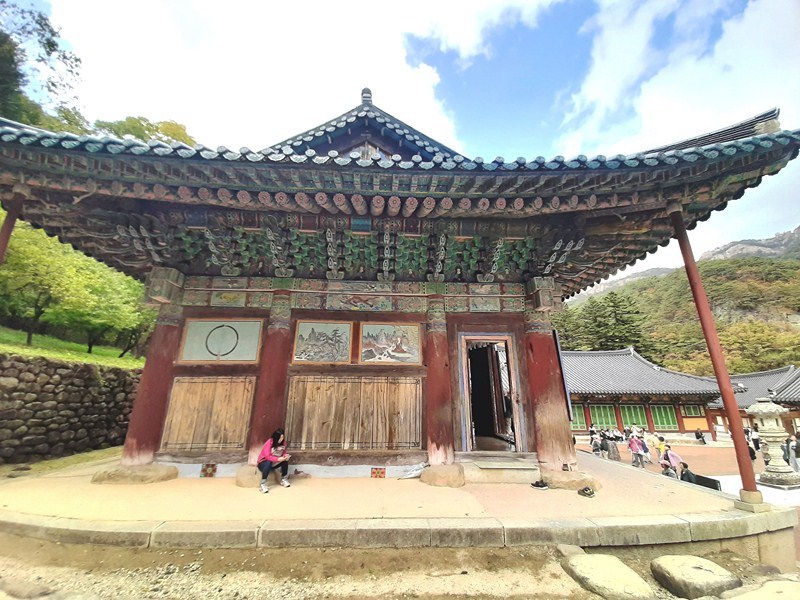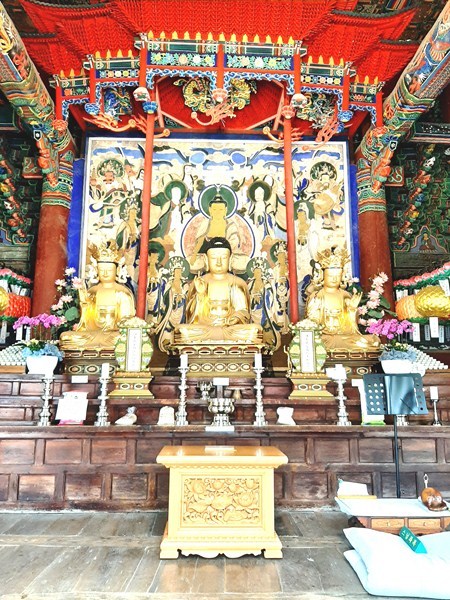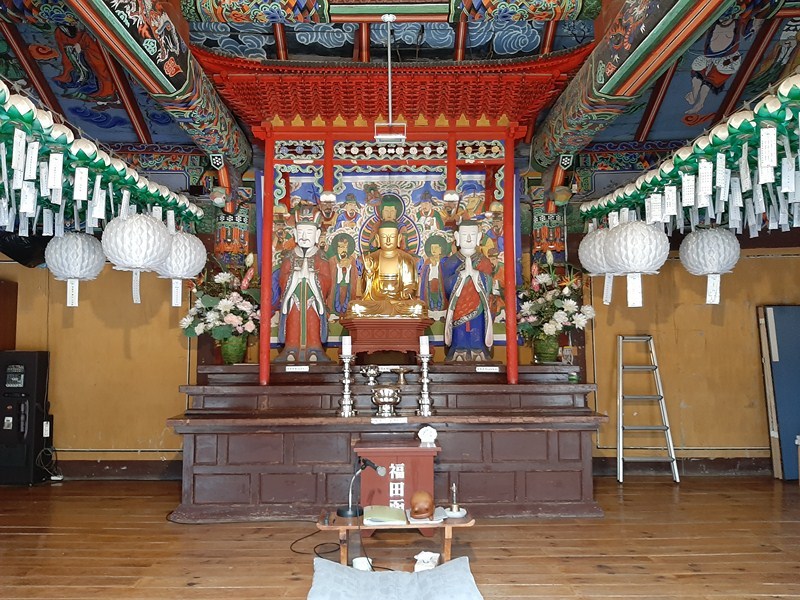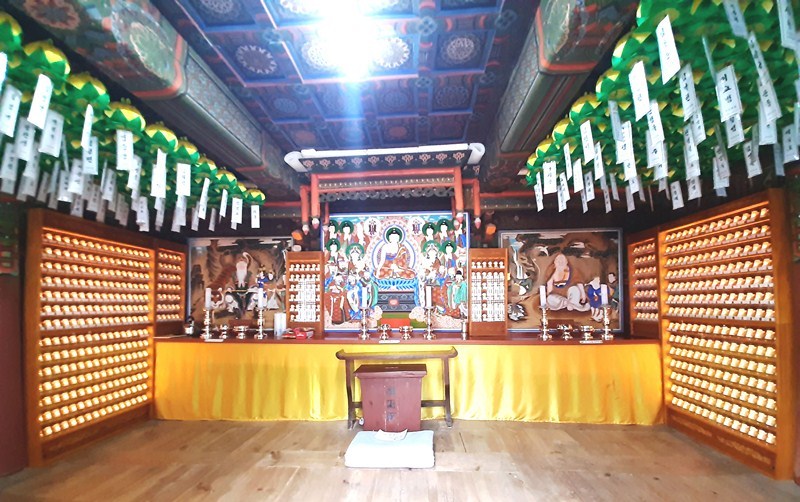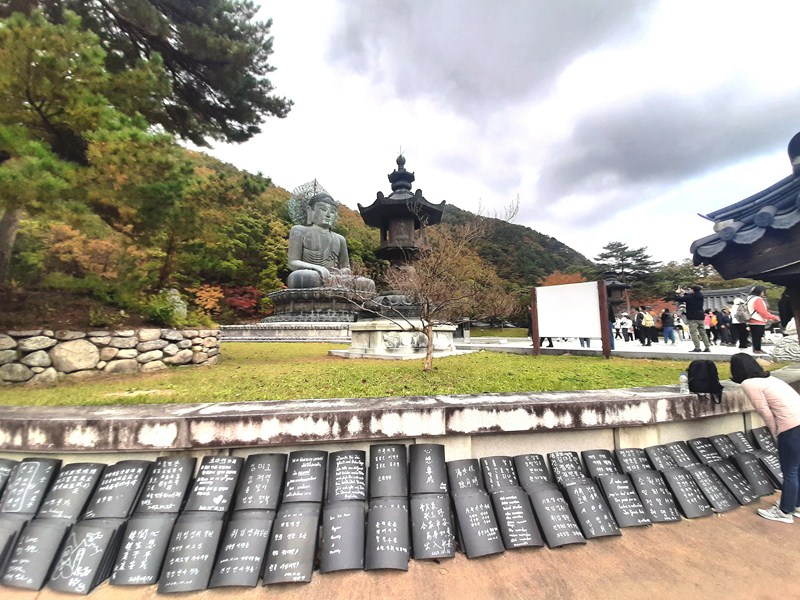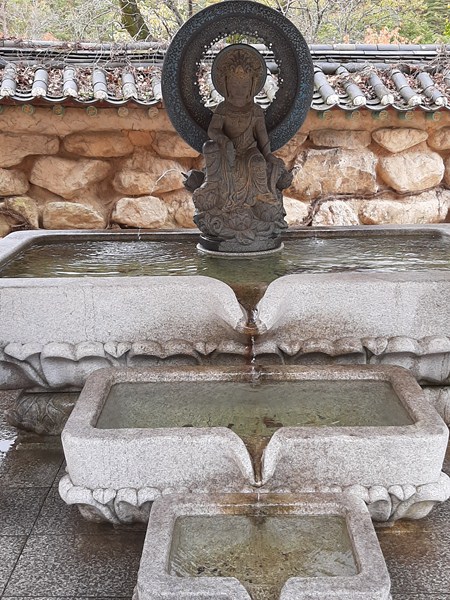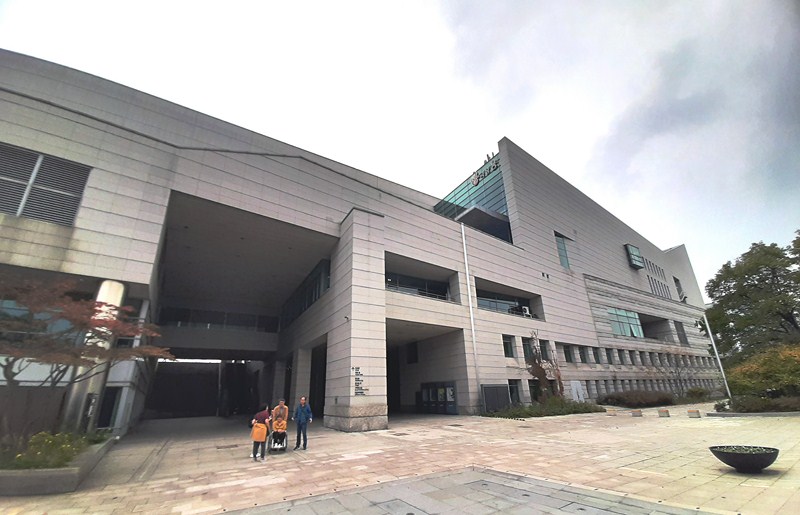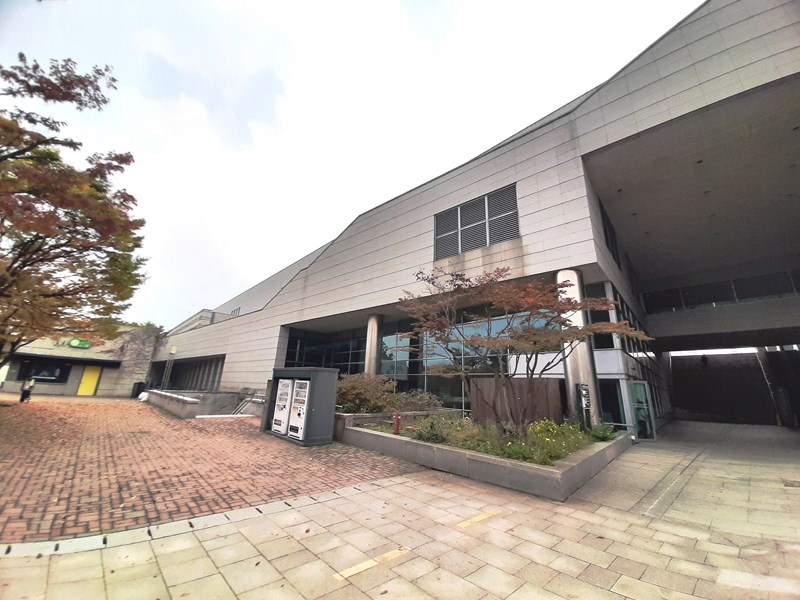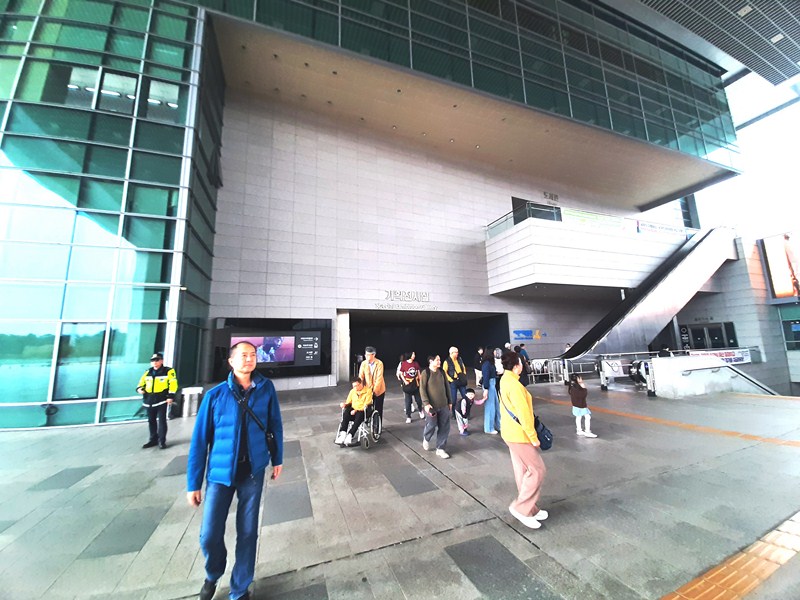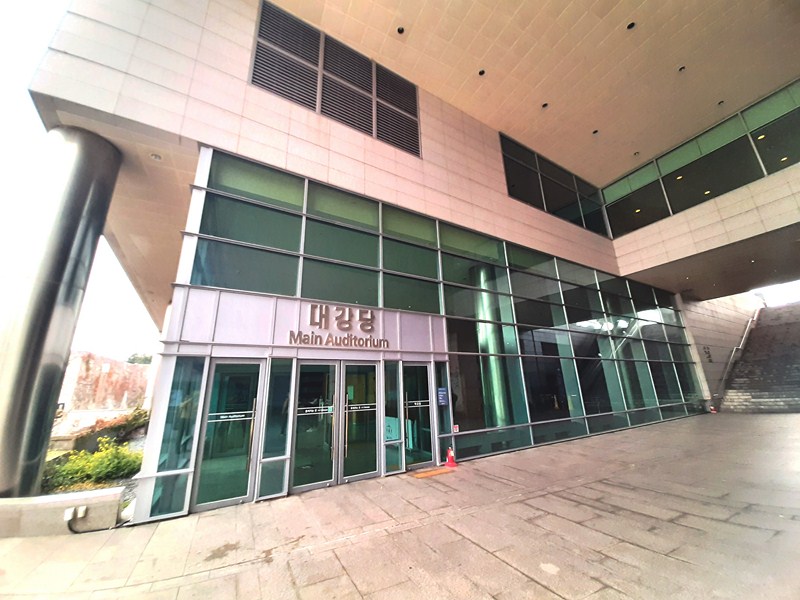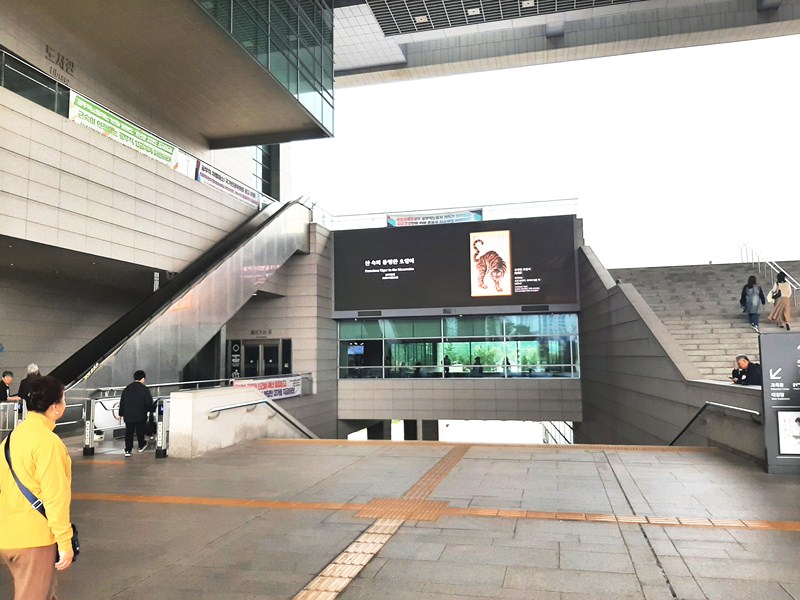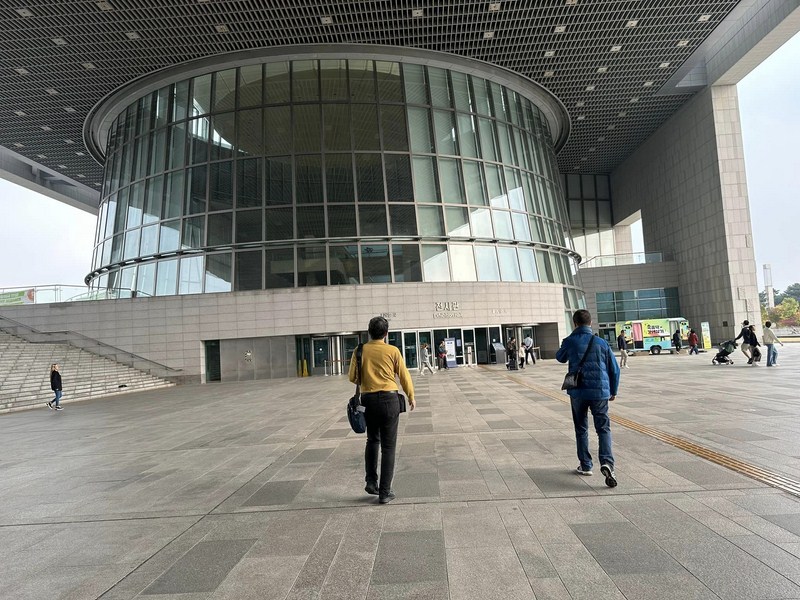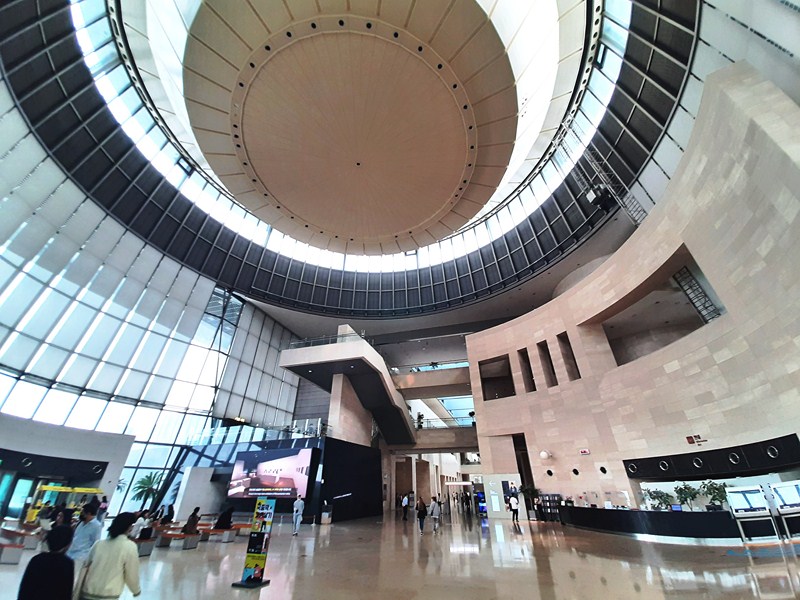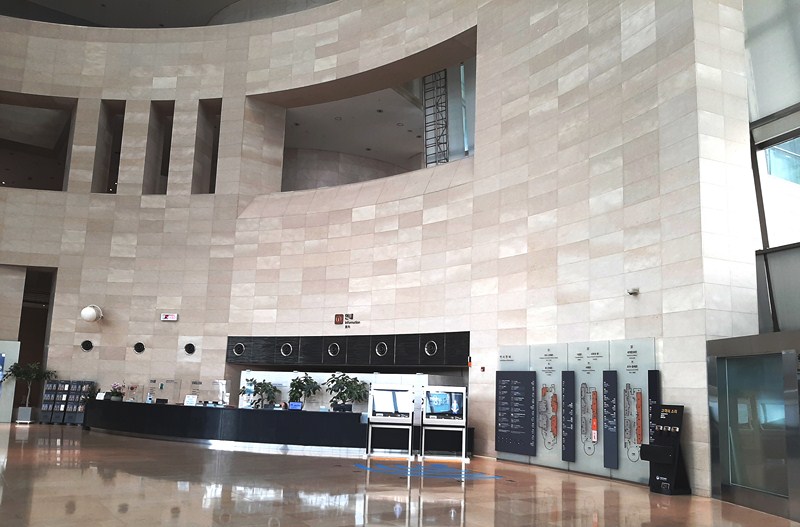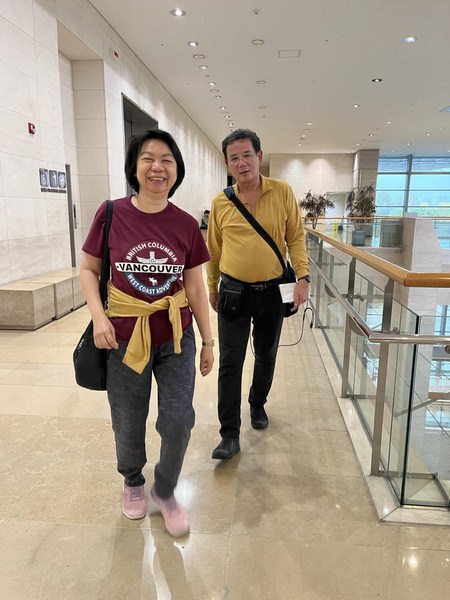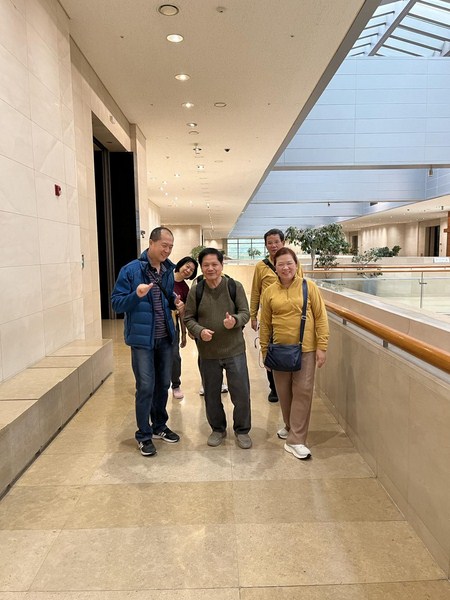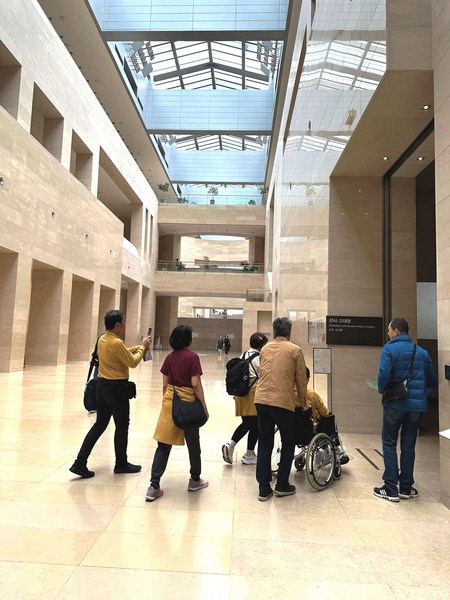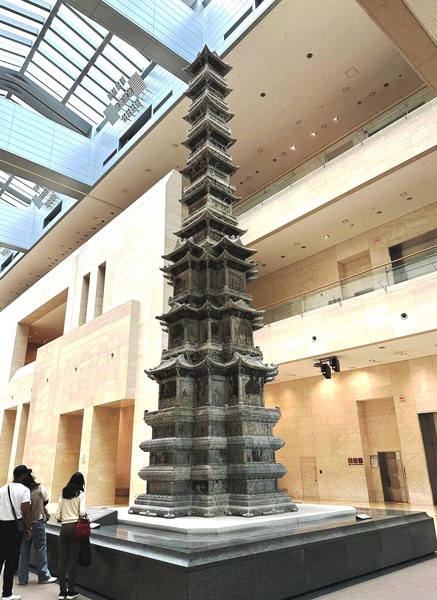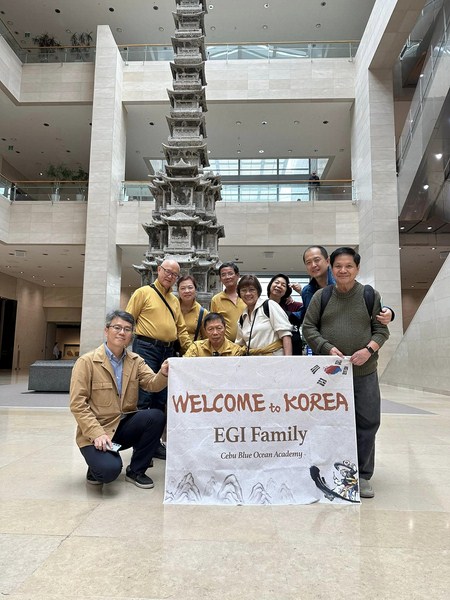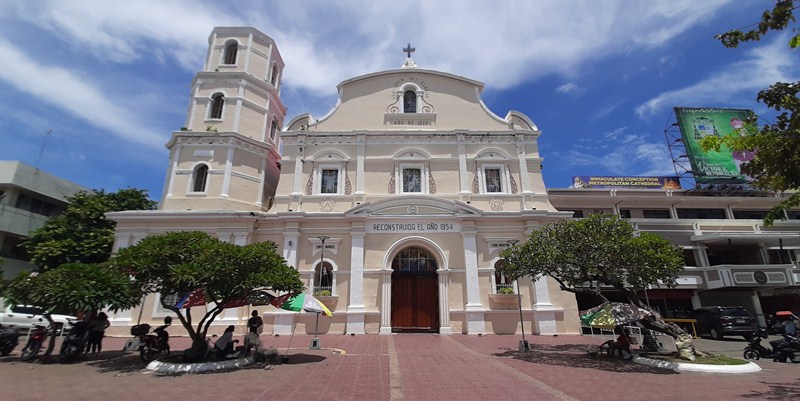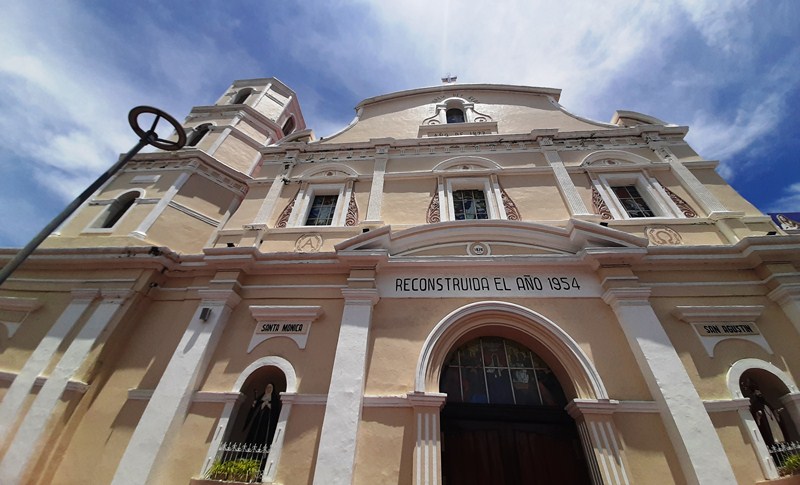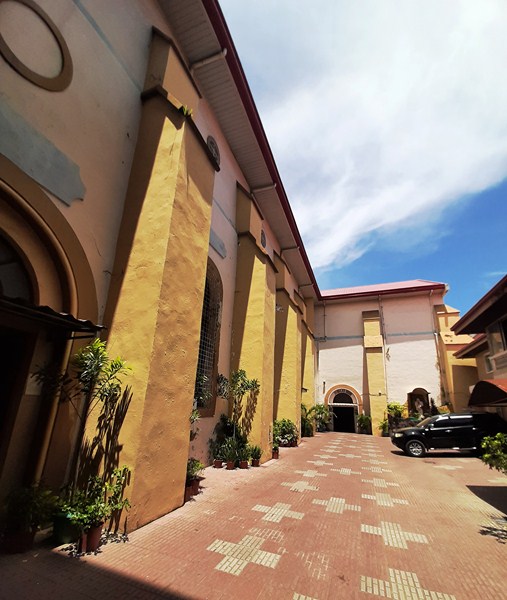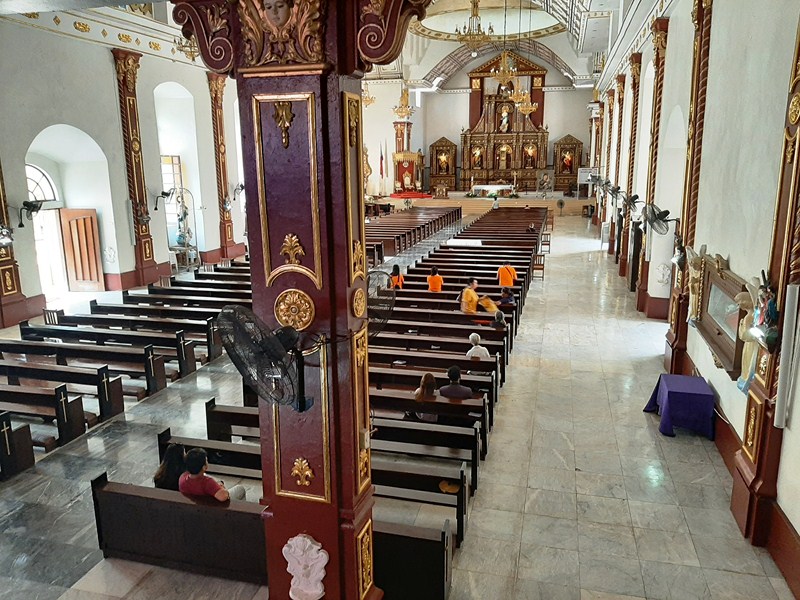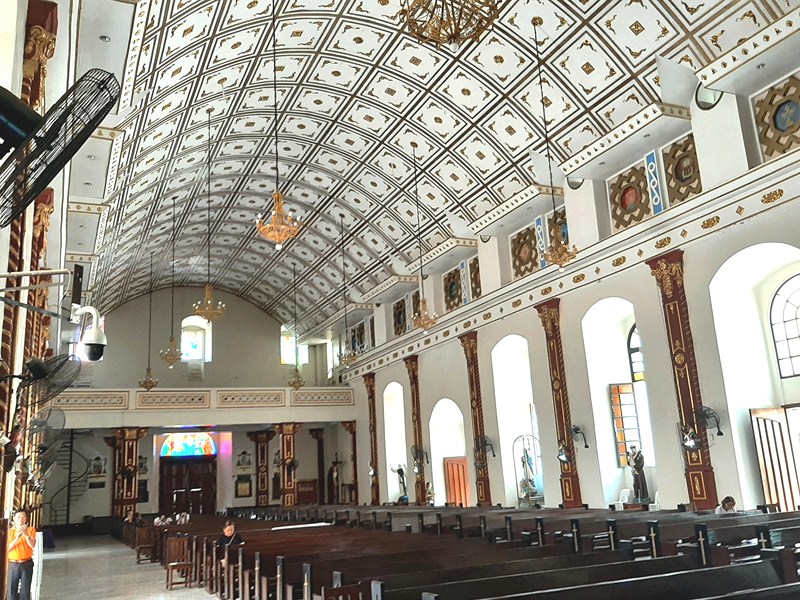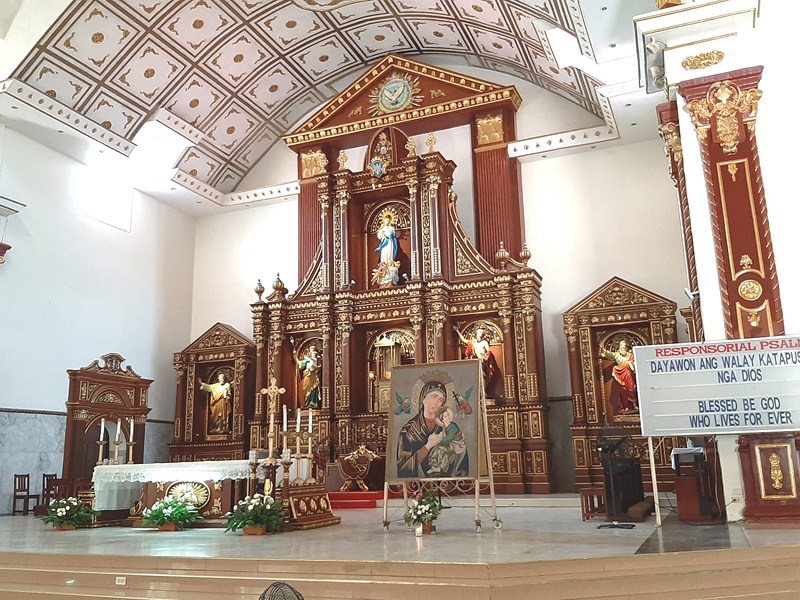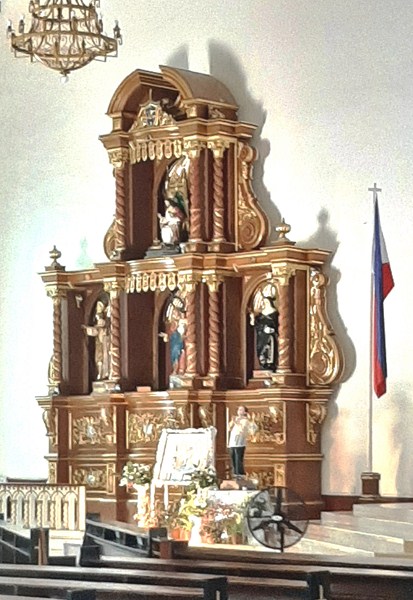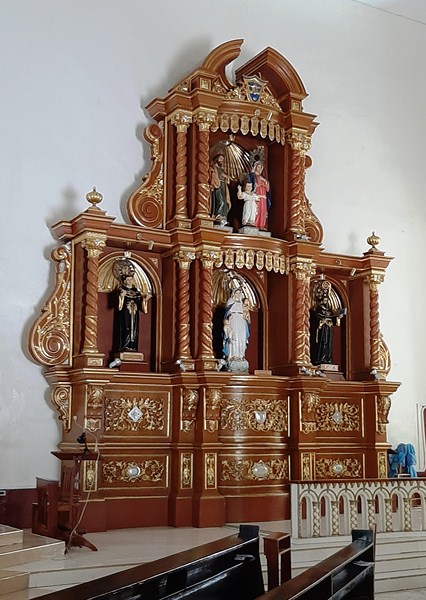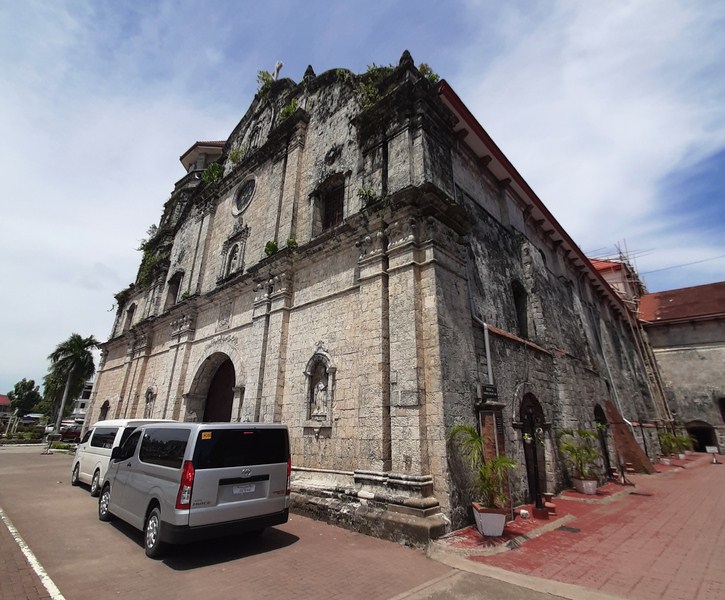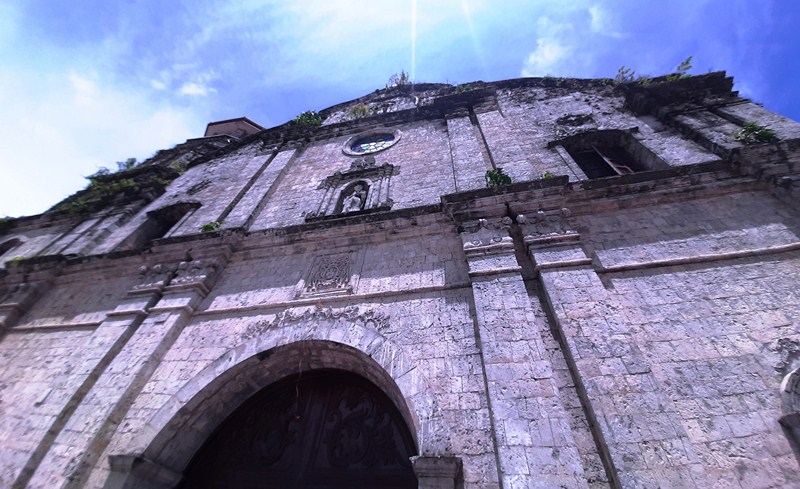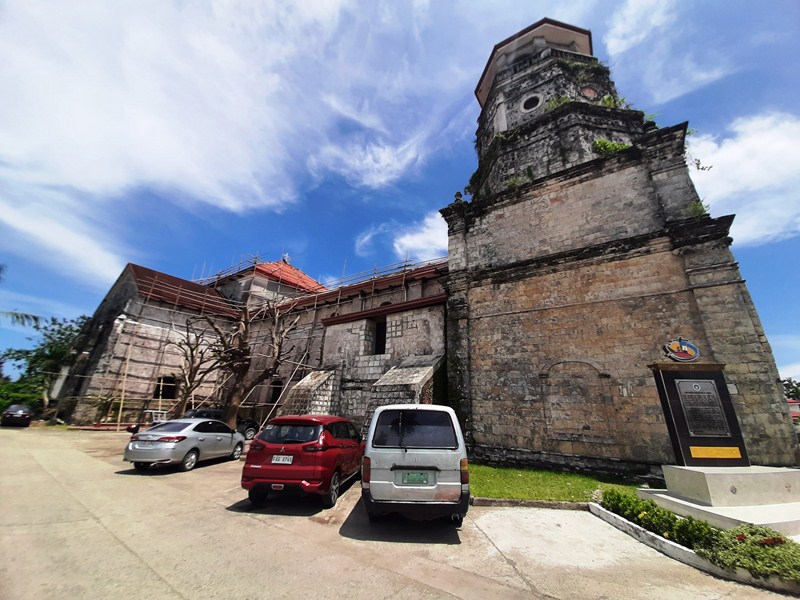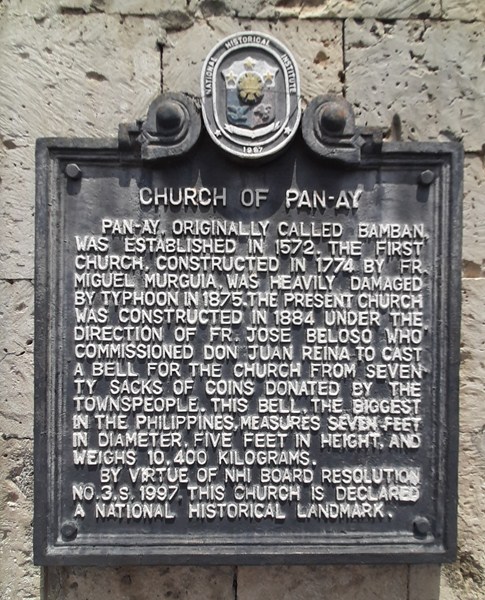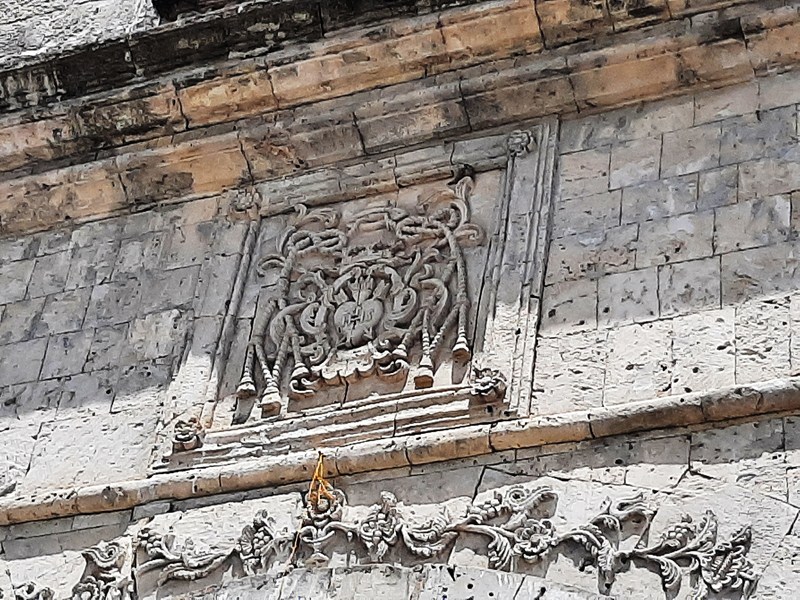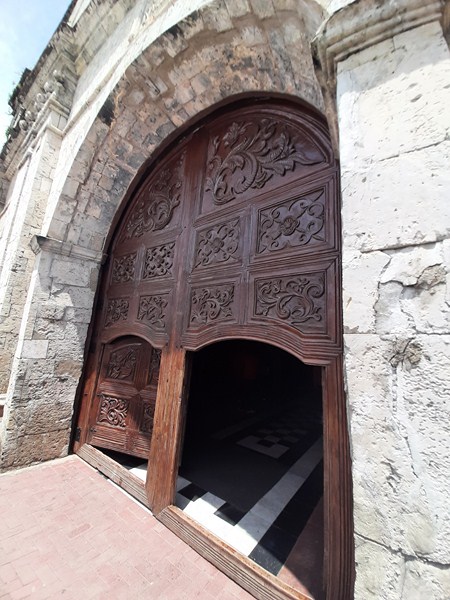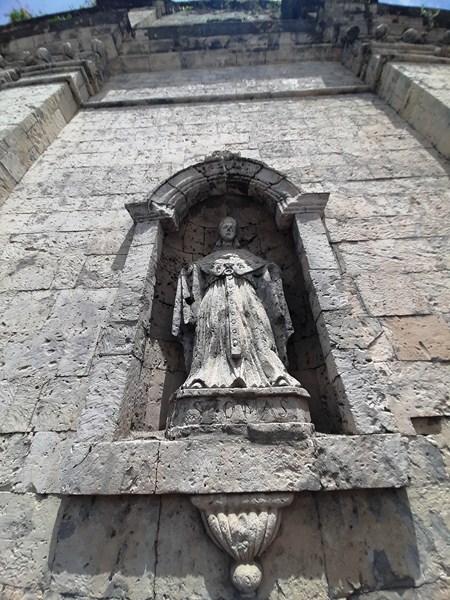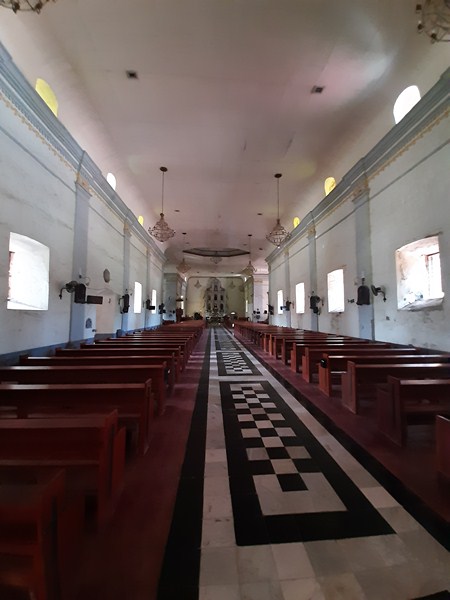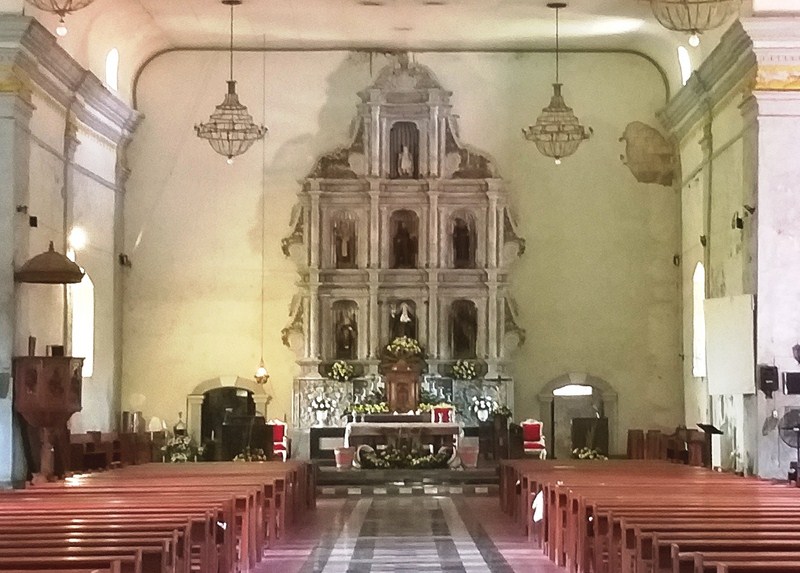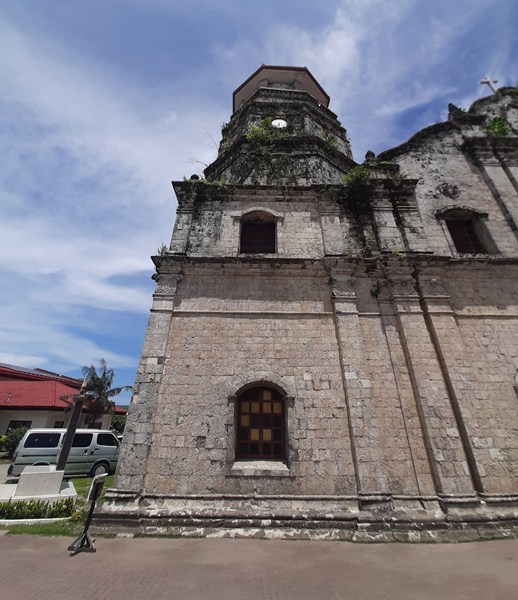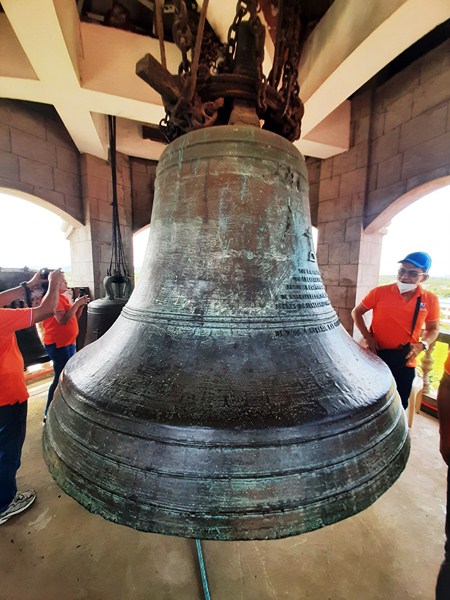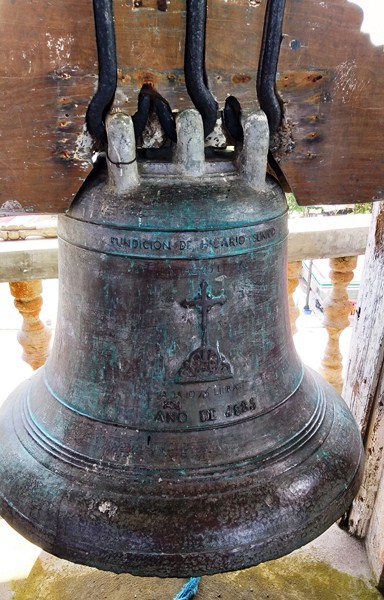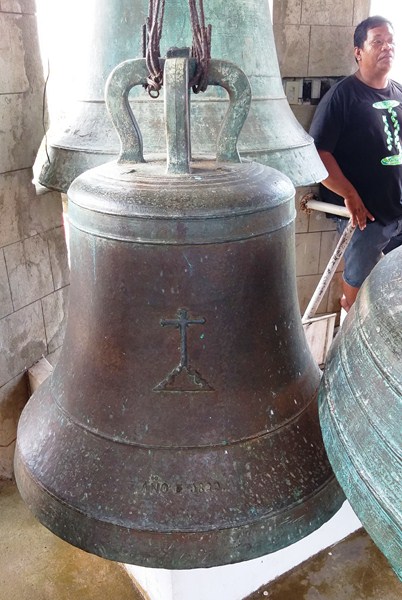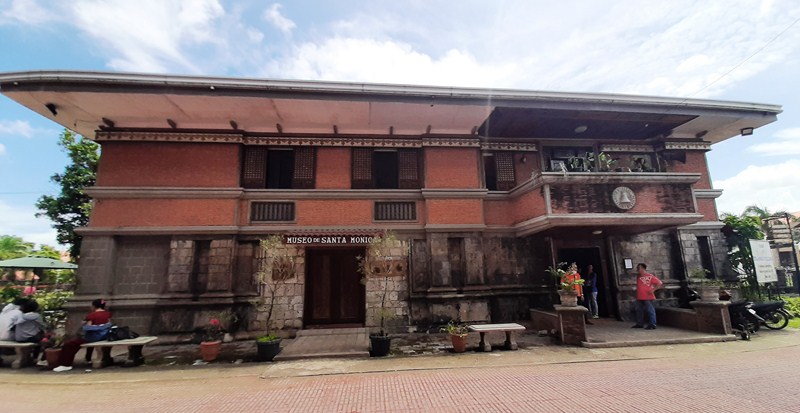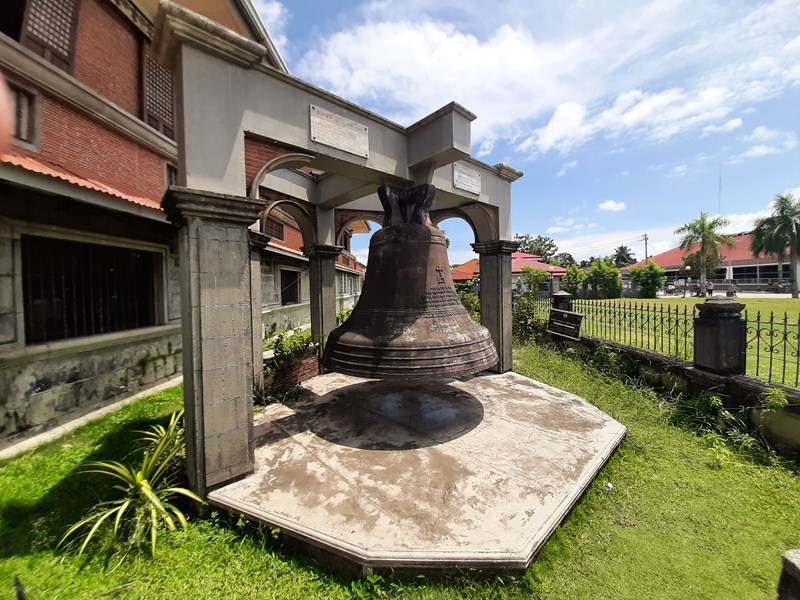The original church, in one of the oldest parishes in Cavite (established as a separate parish, from Kawit, on January 18, 1752), was made from wood, stone, bamboo and nipa in 1669 and used to face Bacoor Bay.
In October 1762, due to its strategic location, the church and convent was destroyed by the British on their way to occupy Cavite Puerto (now Cavite City). In 1774, it was rebuilt in stone and, from 1788 to 1820, Fr. Domingo Sevilla Pilapil rebuilt the church in stone and mortar, adding the retablo, bell tower and patio.
After the June 3, 1863 Manila earthquake, the church was reoriented inland (to prevent entry of sea water during high tides), rebuilt, and enlarged with adobe, from 1863 to 1870, by parish priest (from June 2, 1824 to 1872) Fr. Mariano Gomes delos Angeles (of GOMBURZA fame) and Architect Felix Rojas (who later designed the Neo-Gothic Church of Sto. Domingo in Intramuros, Manila). In 1872, after Fr. Gomes’ execution on February 17, the administration of the church was turned over to the Augustinian Recollect Fr. Juan Gomez.
On May 31, 1898, during the Philippine Revolution, revolutionaries raised the Philippine flag on the bell tower. After the revolution, the church was returned to the secular clergy.
The present structure is what remained of this once longest church in Cavite, which once measured 20 brazas (33.4 m.) long and 5.5 brazas (9.9 m.) wide), after a third of the church was destroyed, on June 13, 1899, during the Philippine-American War.
On December 28, 2020, the church, as well as the nearby Cuenca House, were declared as an Important Cultural Properties by the National Commission for Culture and the Arts, National Historical Commission of the Philippines, and the National Museum of the Philippines.
AUTHOR’S NOTES:
The church’s Baroque façade has a segmental arch main entrance (topped by a segmental arch statued niche), flanked by coupled flat pilasters, with Doric capitals and urn-like finials, and narrow, semicircular arched windows. The triangular pediment has a centrally located, semicircular arch niche with a statue of St. Michael the Archangel.
The three-storey bell tower, on the church’s right, has a square base with coupled flat pilasters (also topped by Doric capitals) and a segmental arch open and blind (where the “Simbahan ng Bacoor” plaque is mounted) windows. The upper two storeys, in receding planes, are octagonal, with blind and open, semicircular arch windows.
Inside is a narrow nave, exposed roof trusses with no ceiling, a main altar and two side altars. Along the walls are burial niches.
In 2021, a historical marker and a bust of Fr. Mariano Gomes was installed front of the church convent, built in 1843 by Fr. Gomes.
Church of St. Michael the Archangel: Gen. E. Evangelista St., Poblacion, 4102 Bacoor City, Cavite.Tel: (046) 436-0456, 434-5679 (office) and 434-6466 (rectory). E-mail: sanmiguelbacoor@gmail.com. Feast of St. Michael the Archangel: May 12.
How to Get There: Bacoor City is located 24.5 kms. (a one-hour drive) from Manila and 26.5 kms. (a one-hour drive) from Trece Martires City. The church, right in front of the city’s Hall of Justice and Justice B. Ocampo Park, is located near the City Hall.


